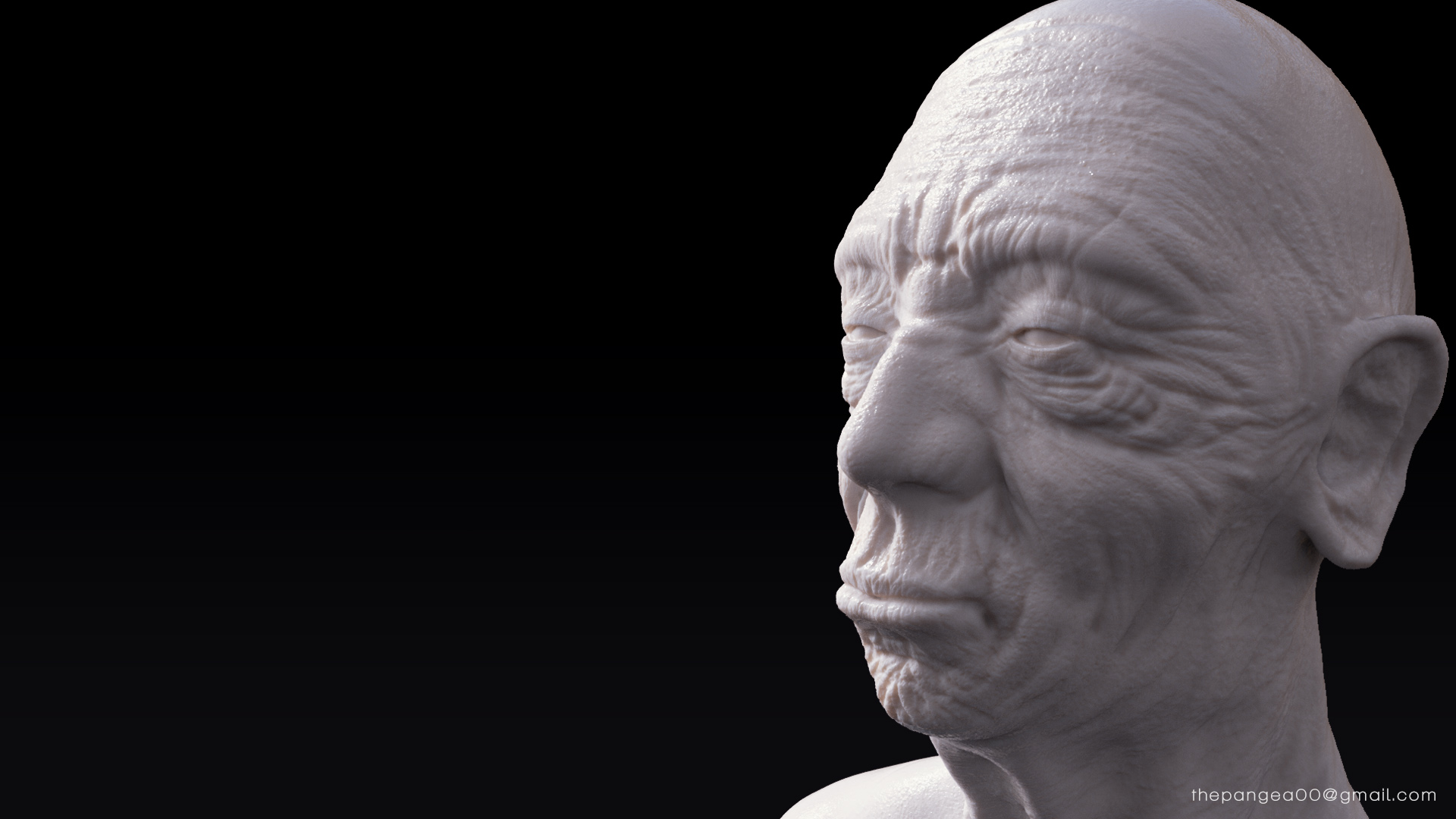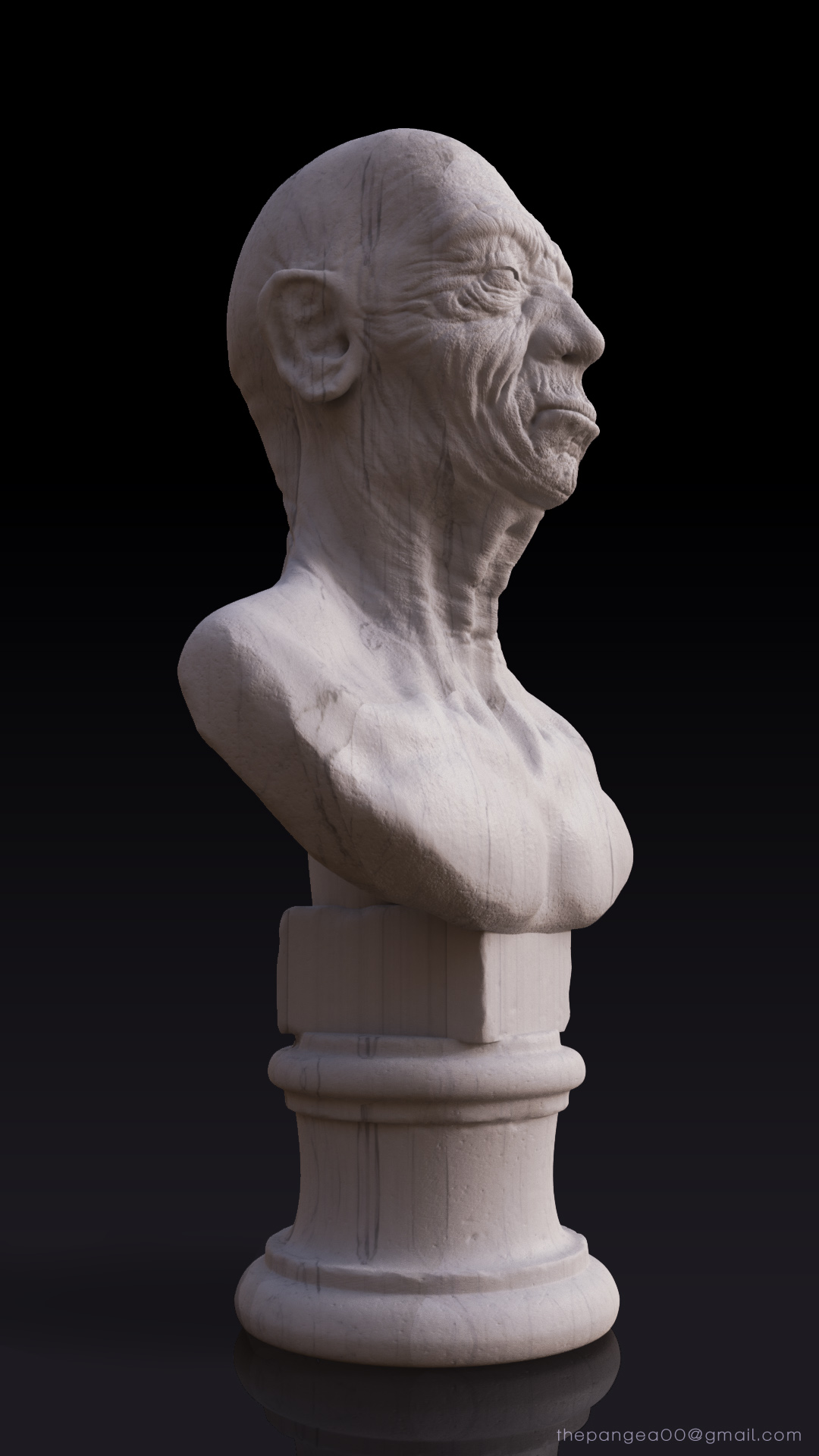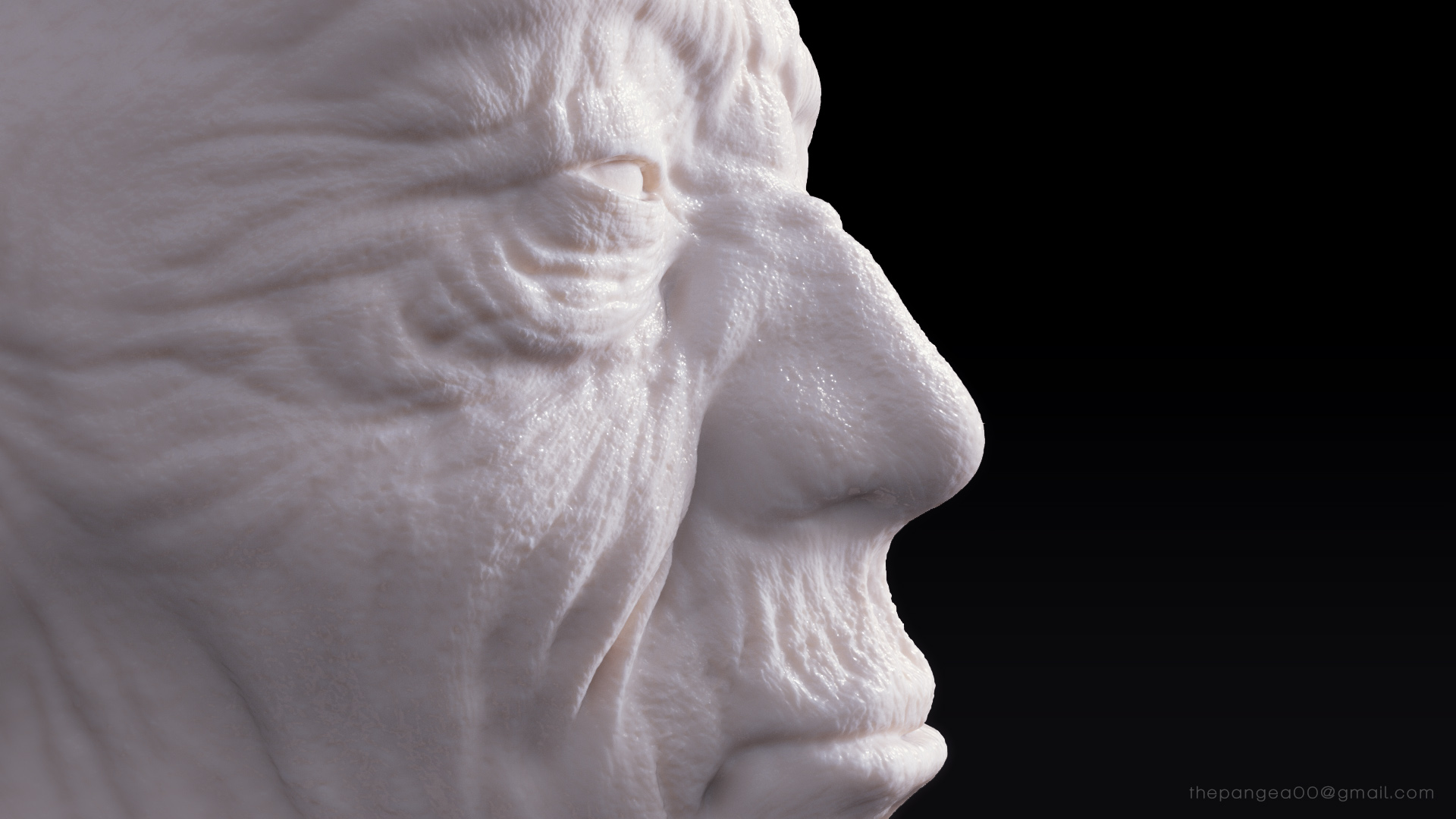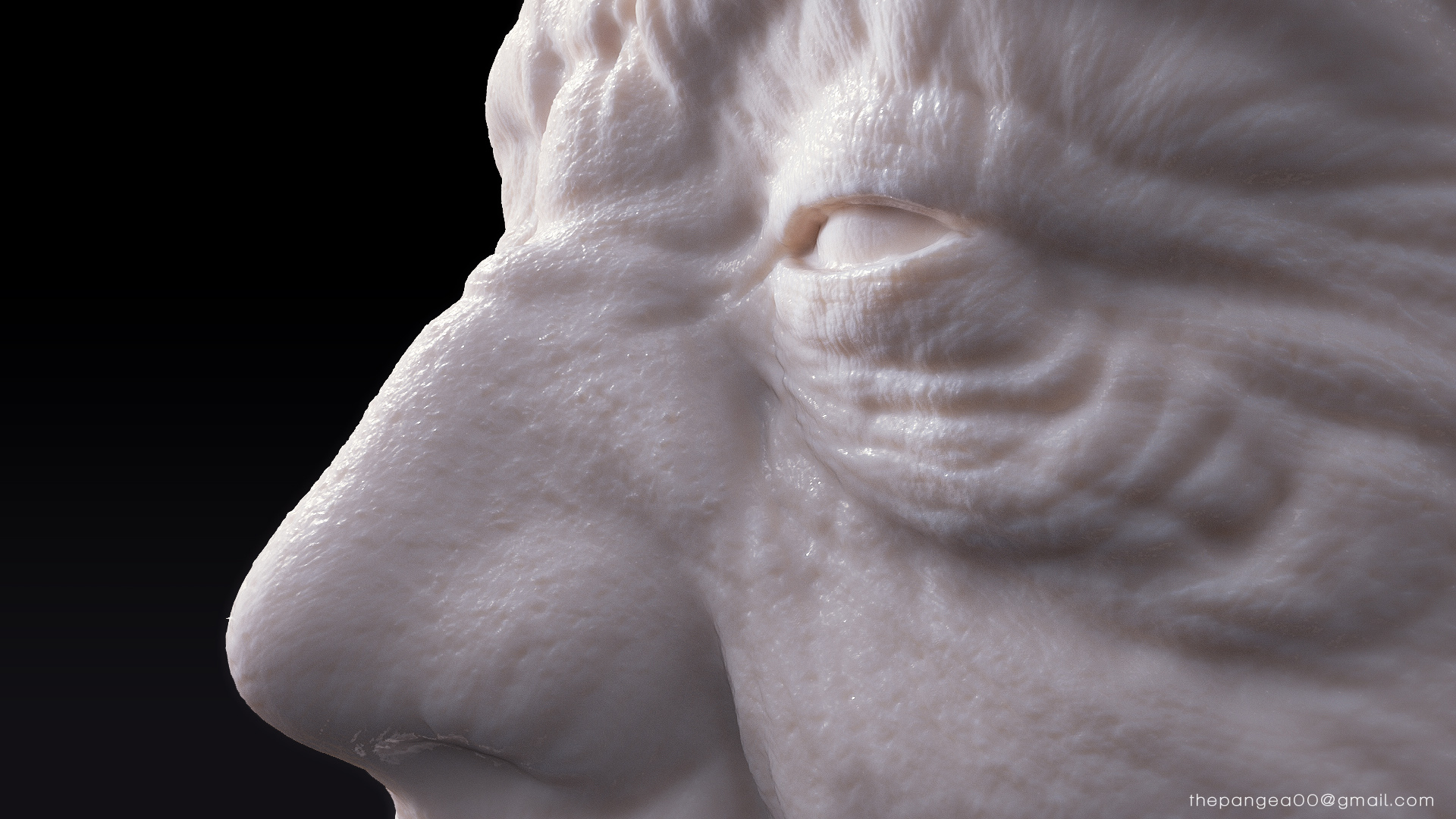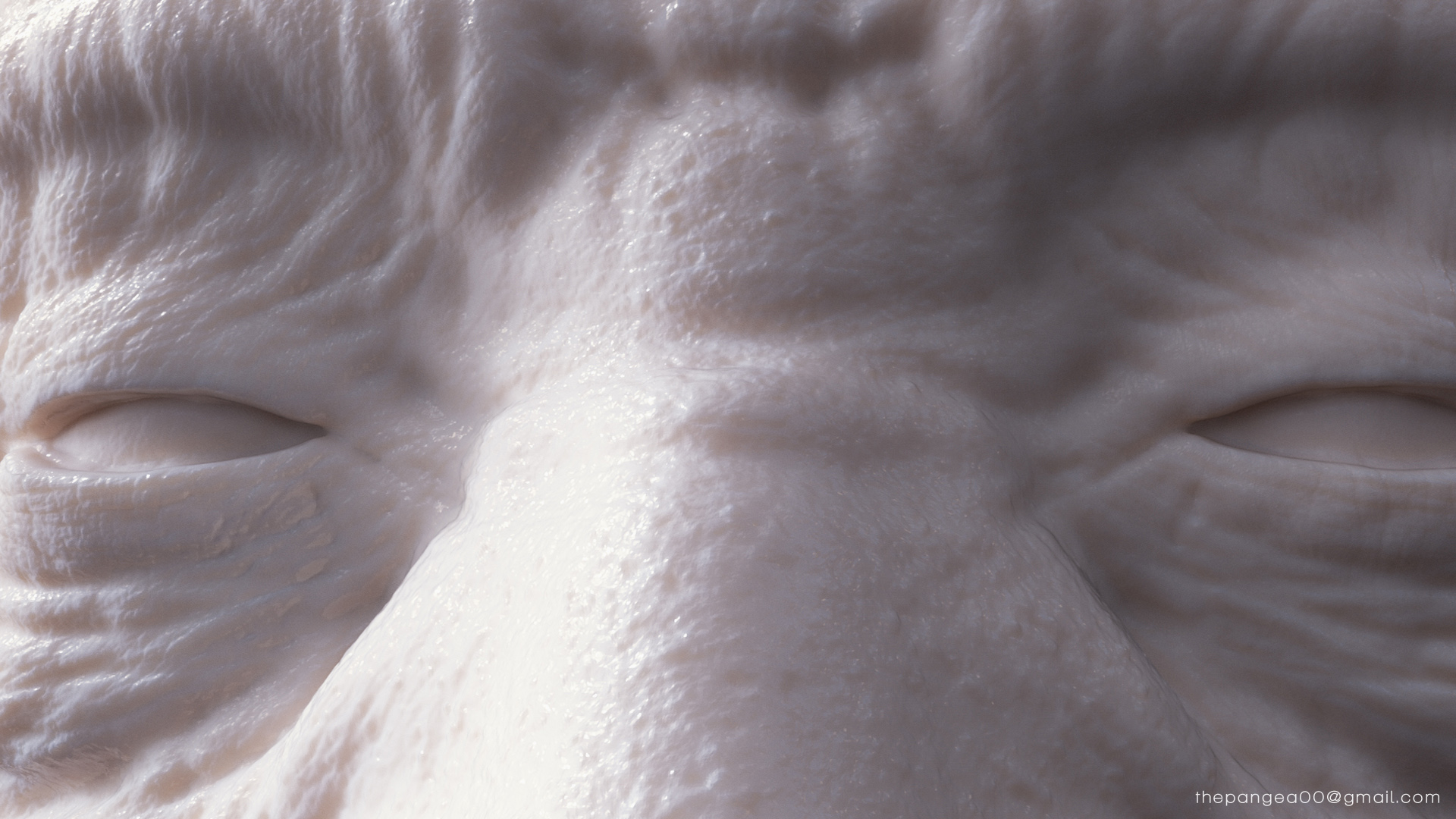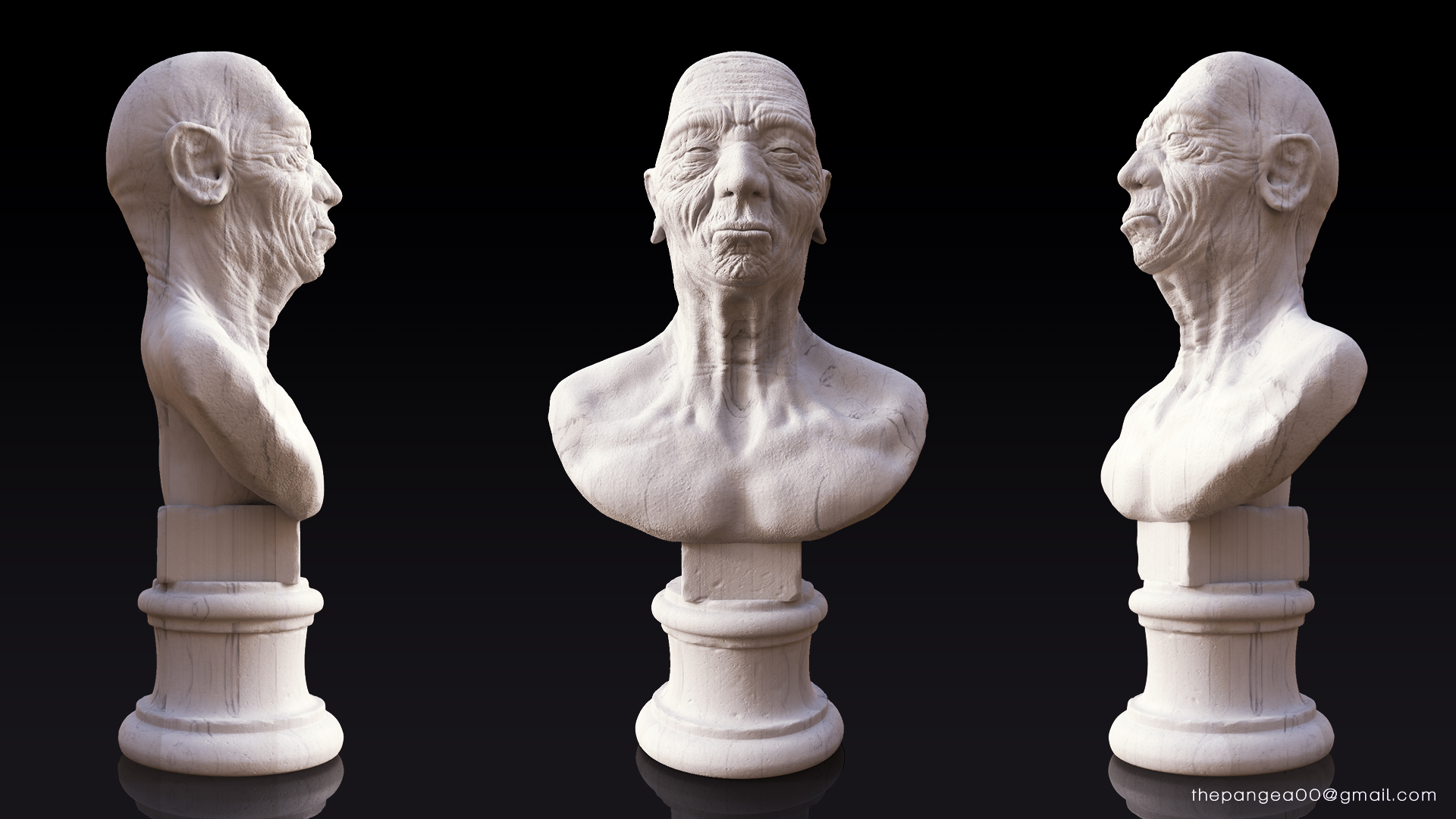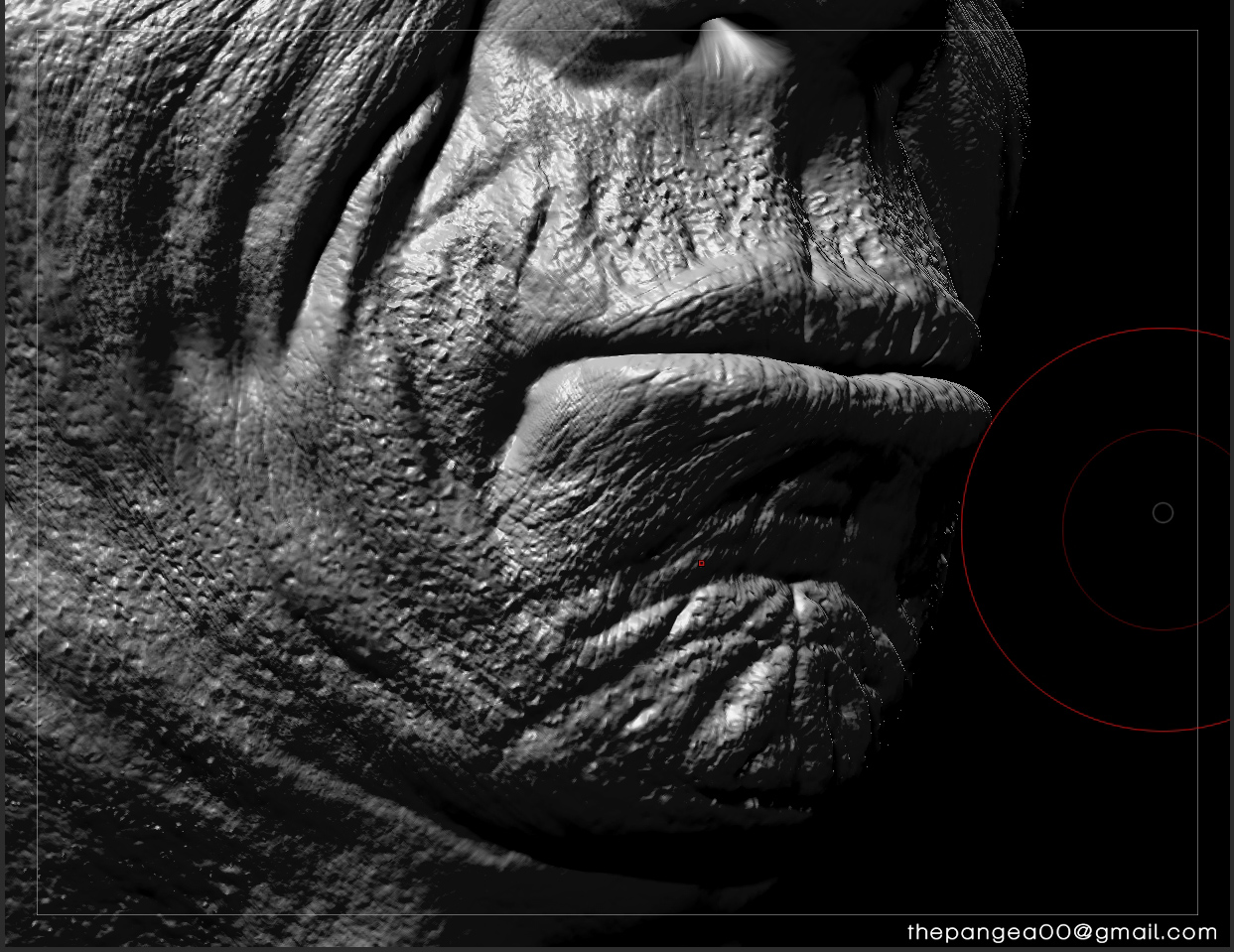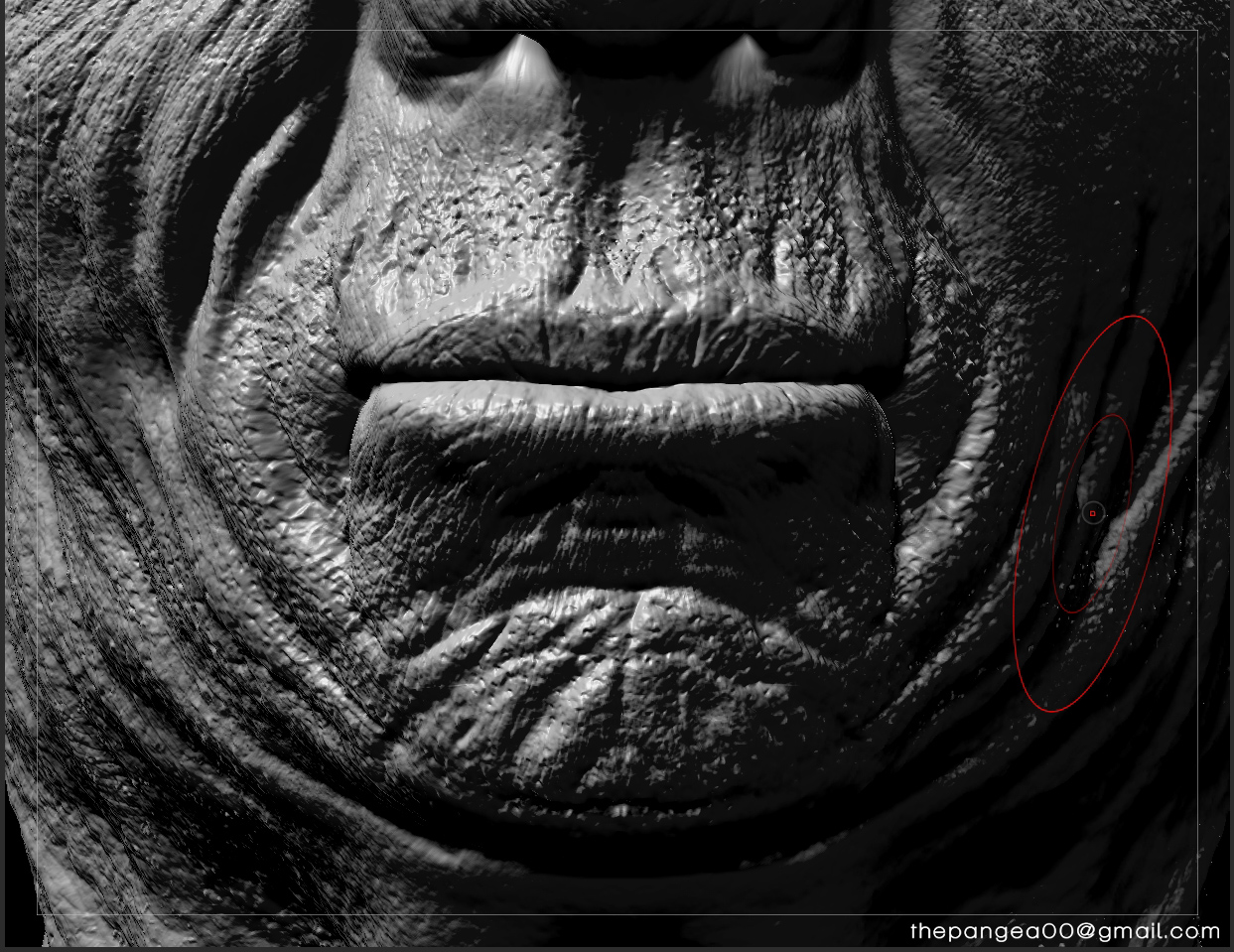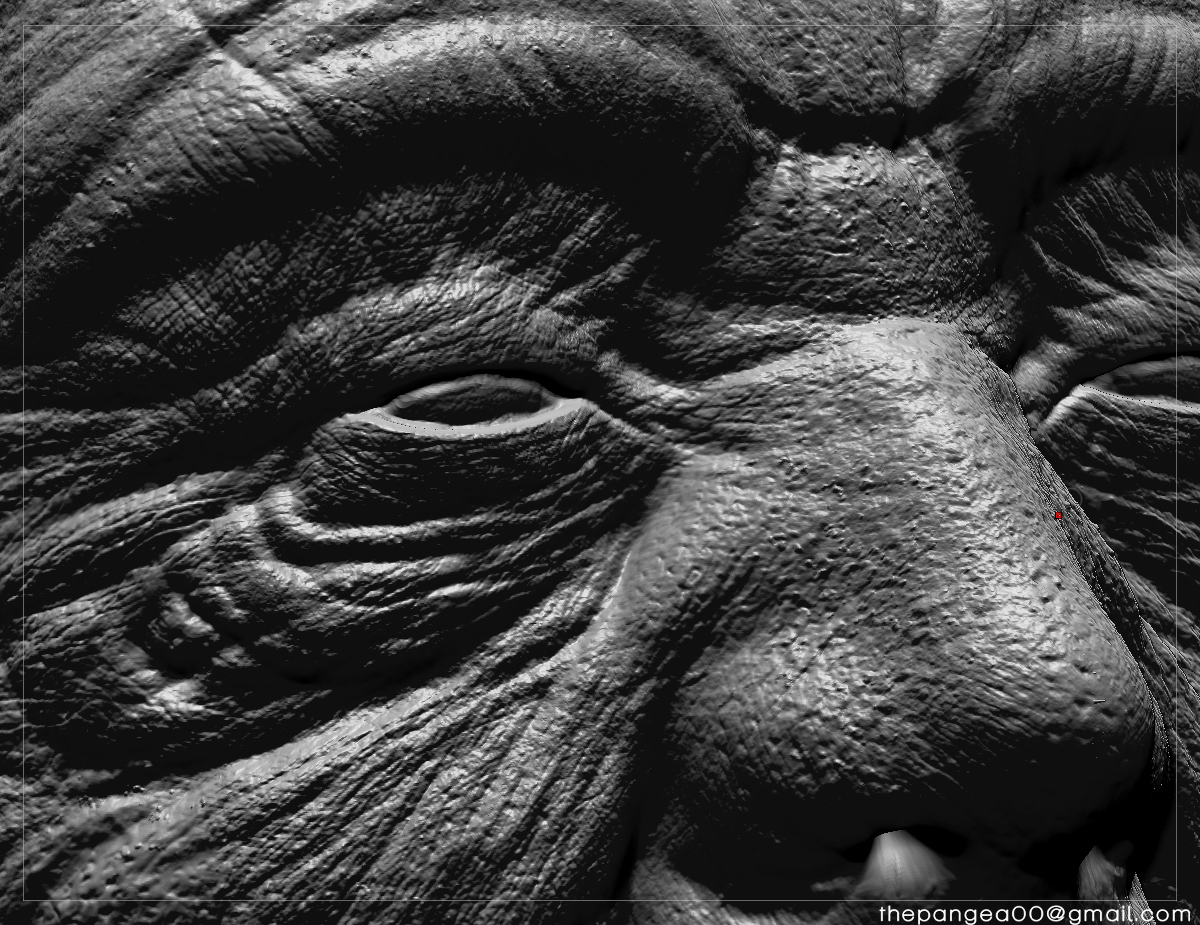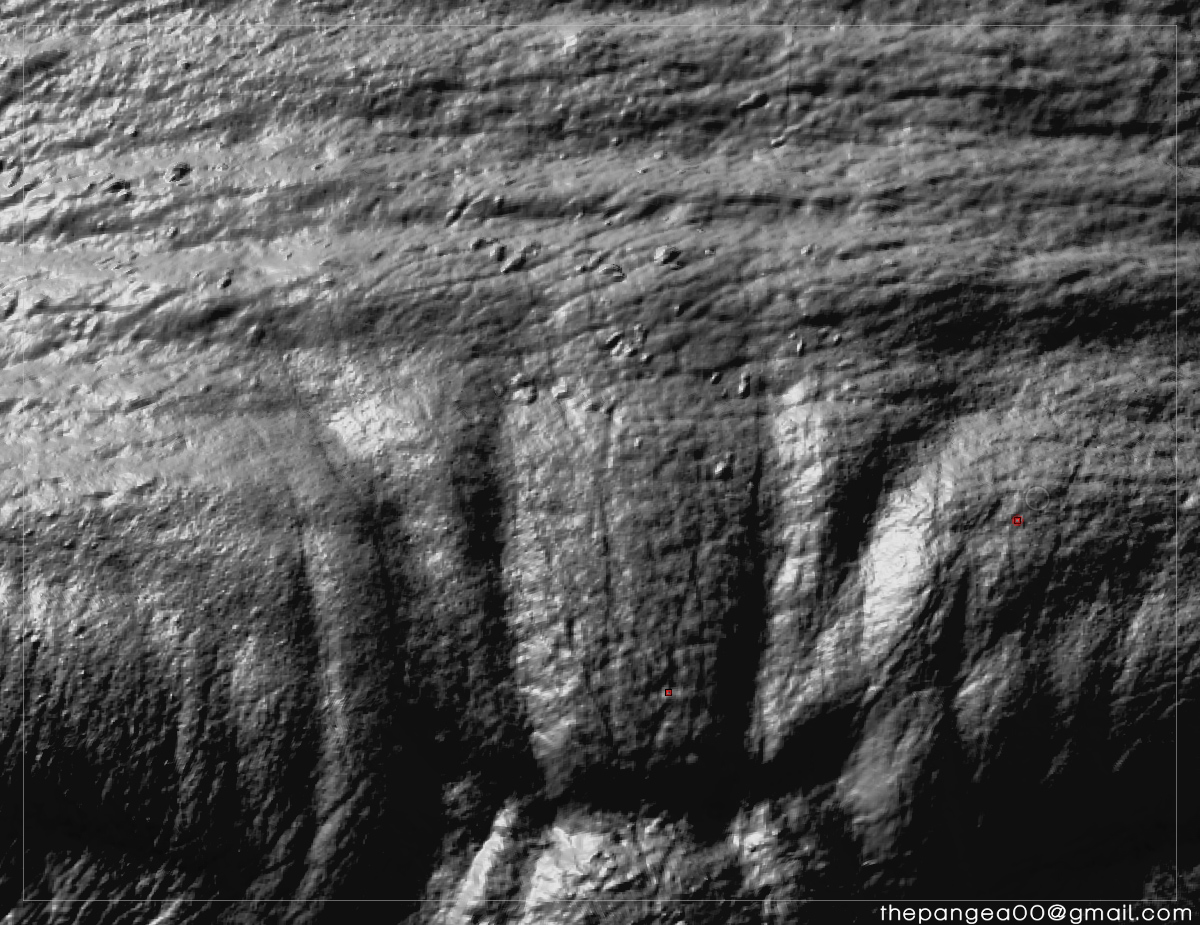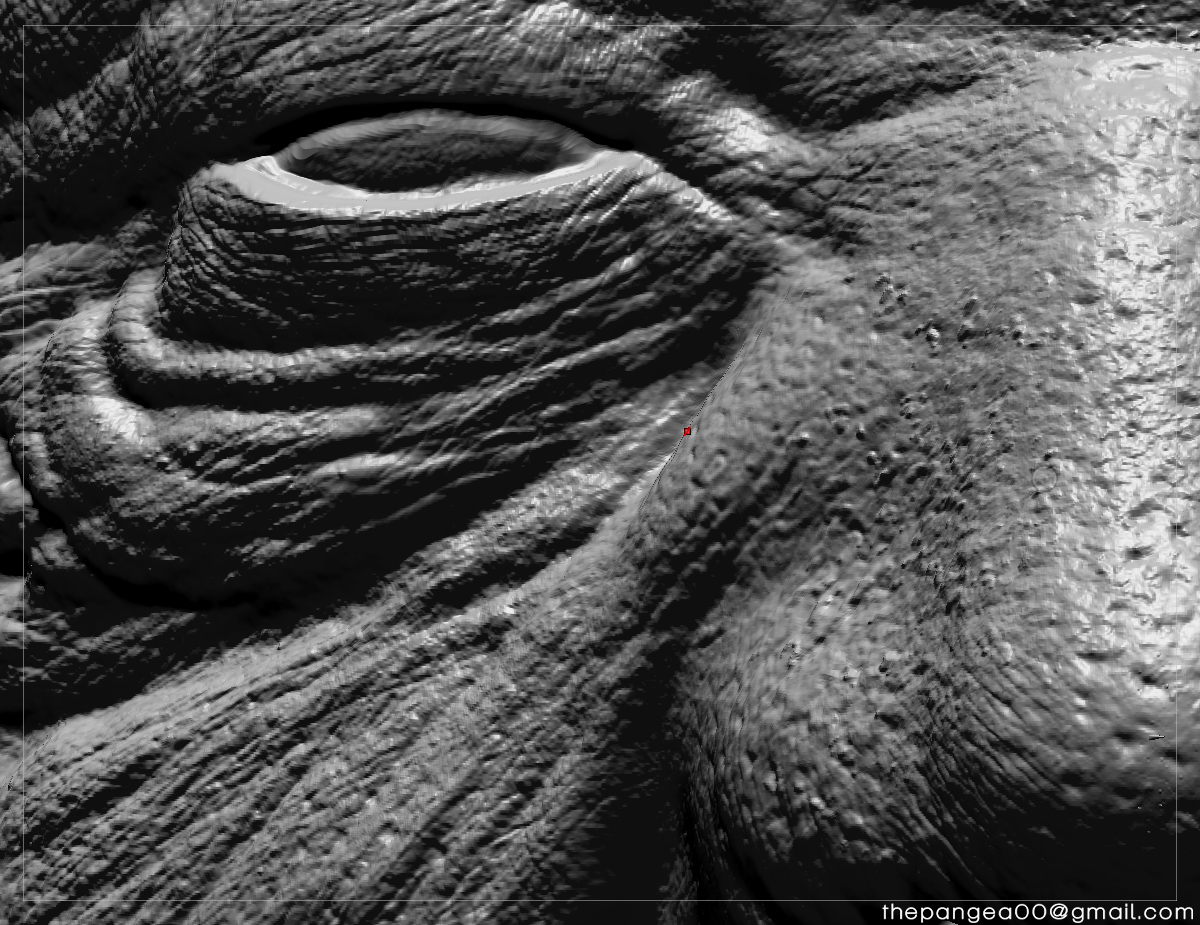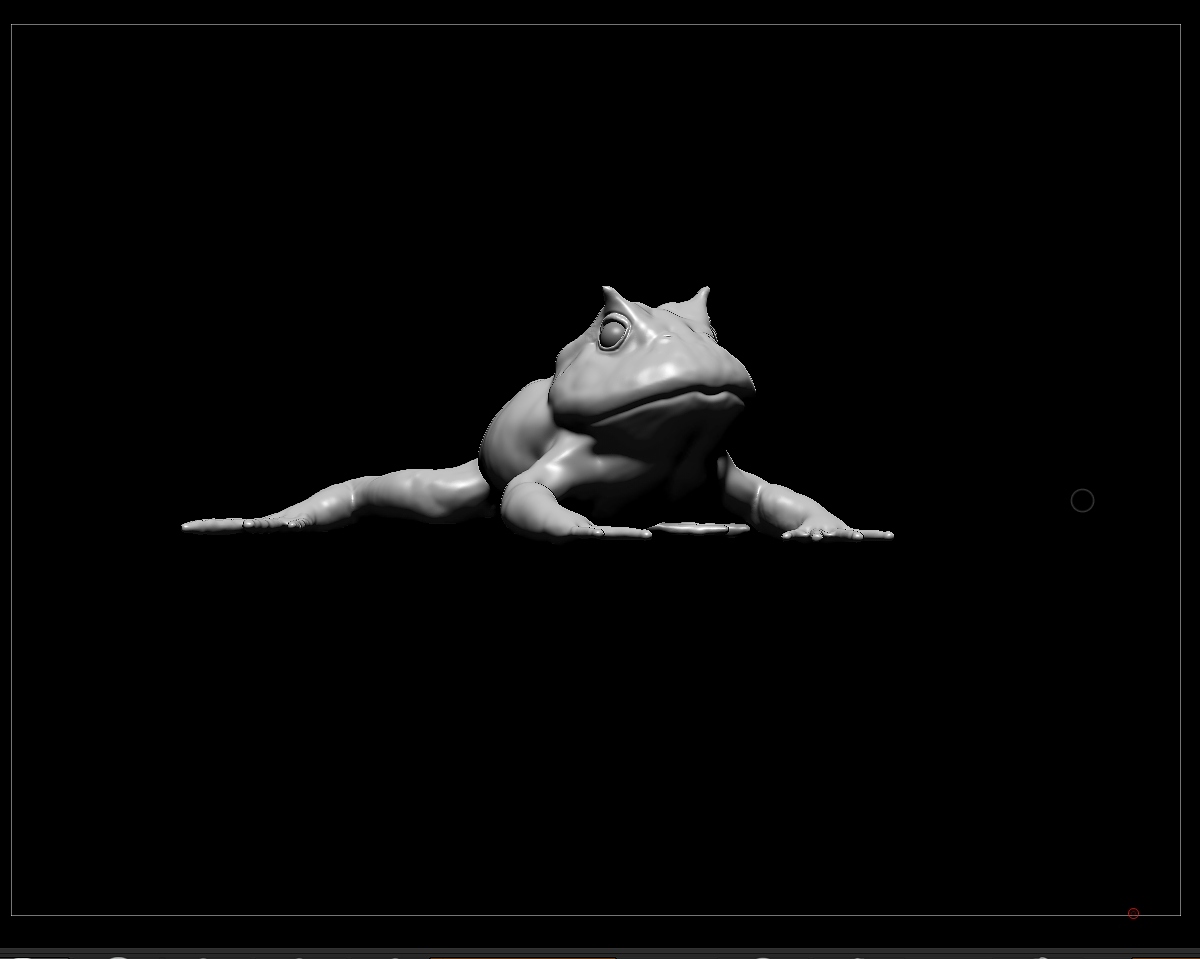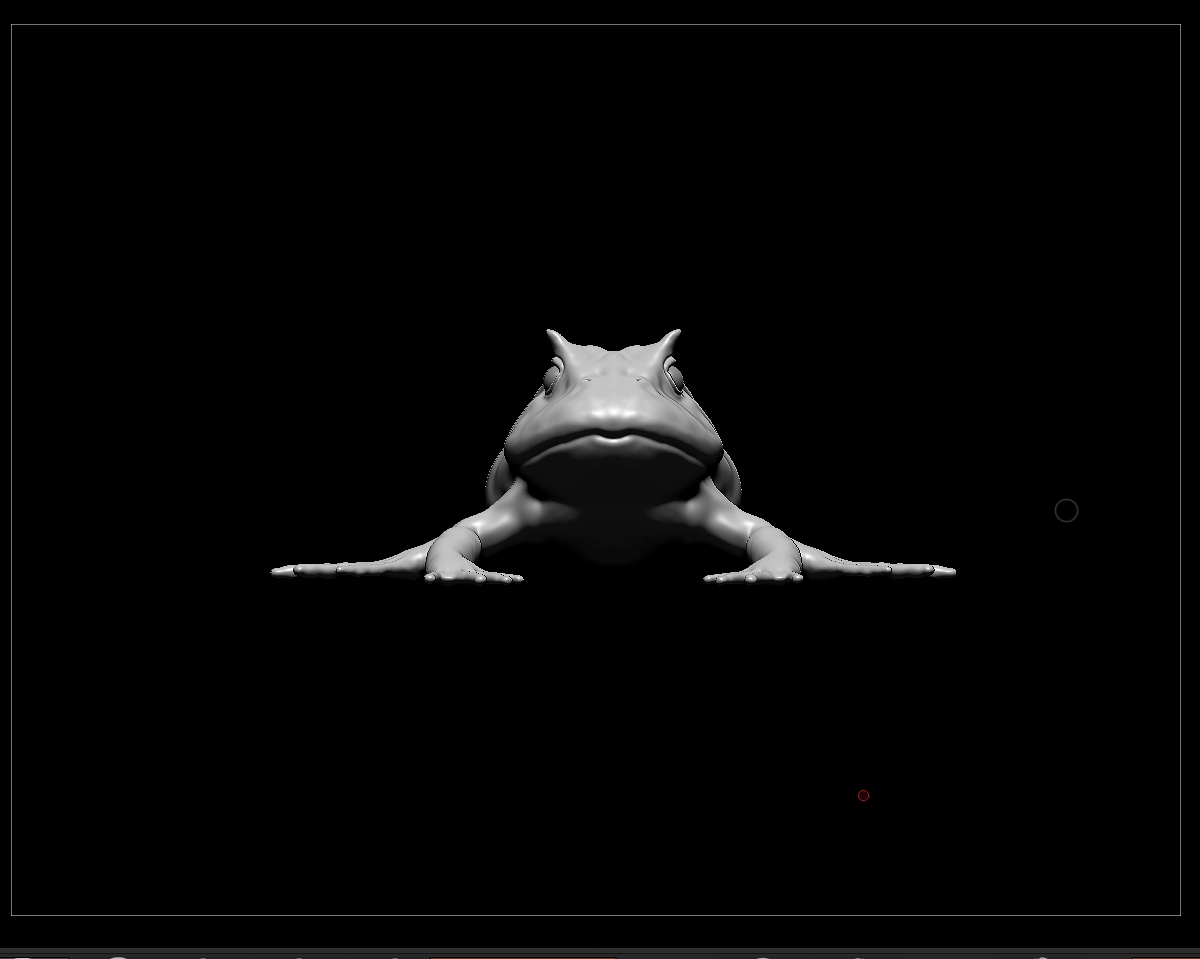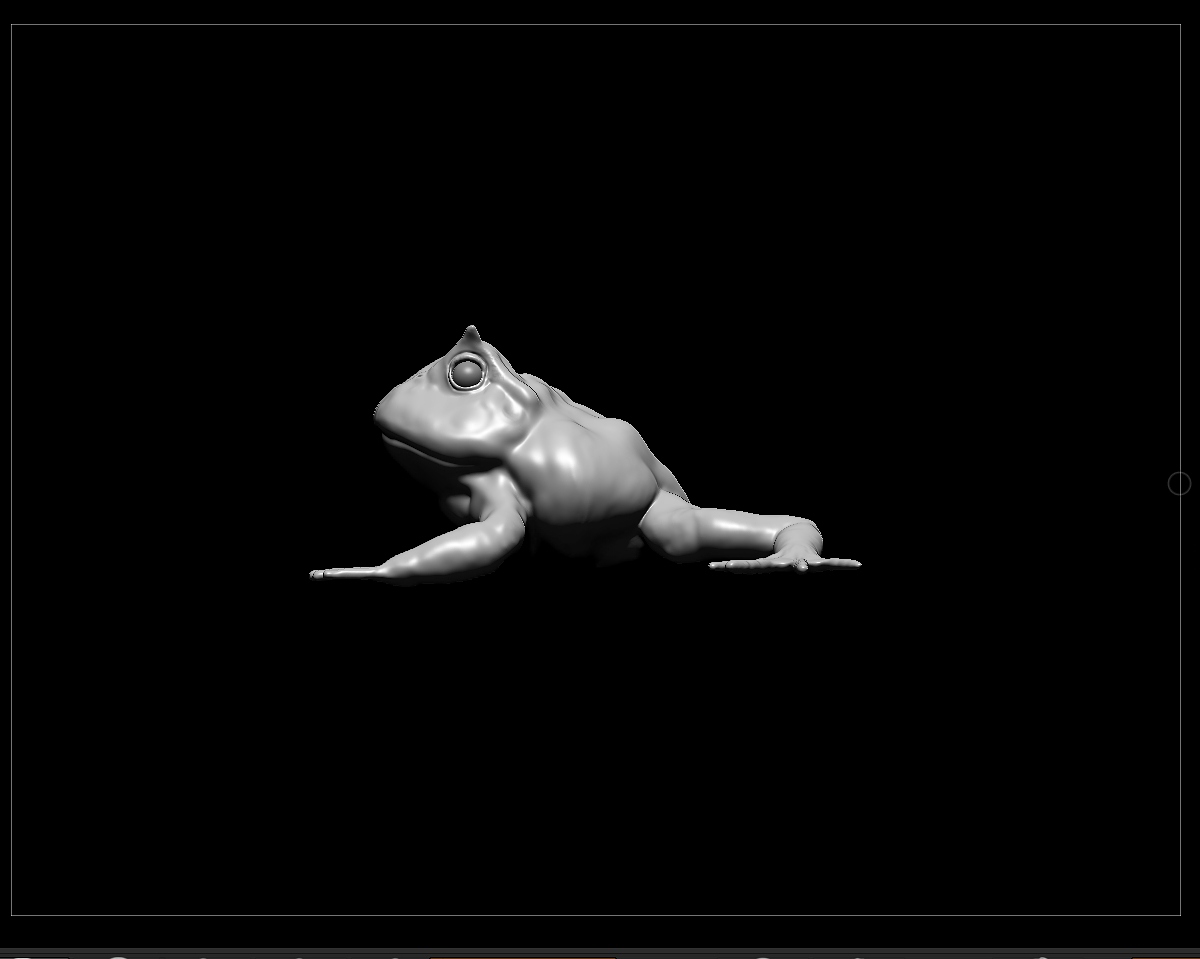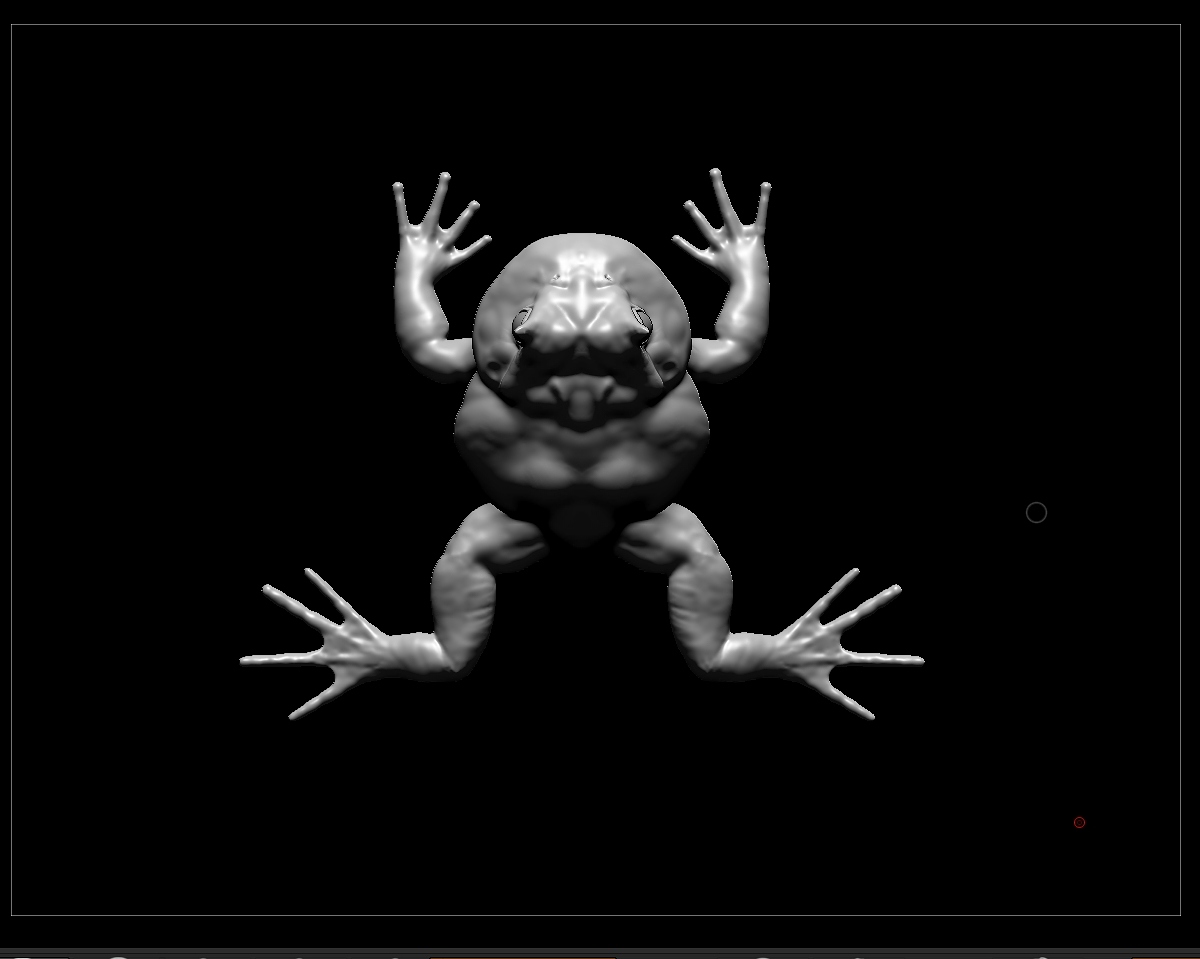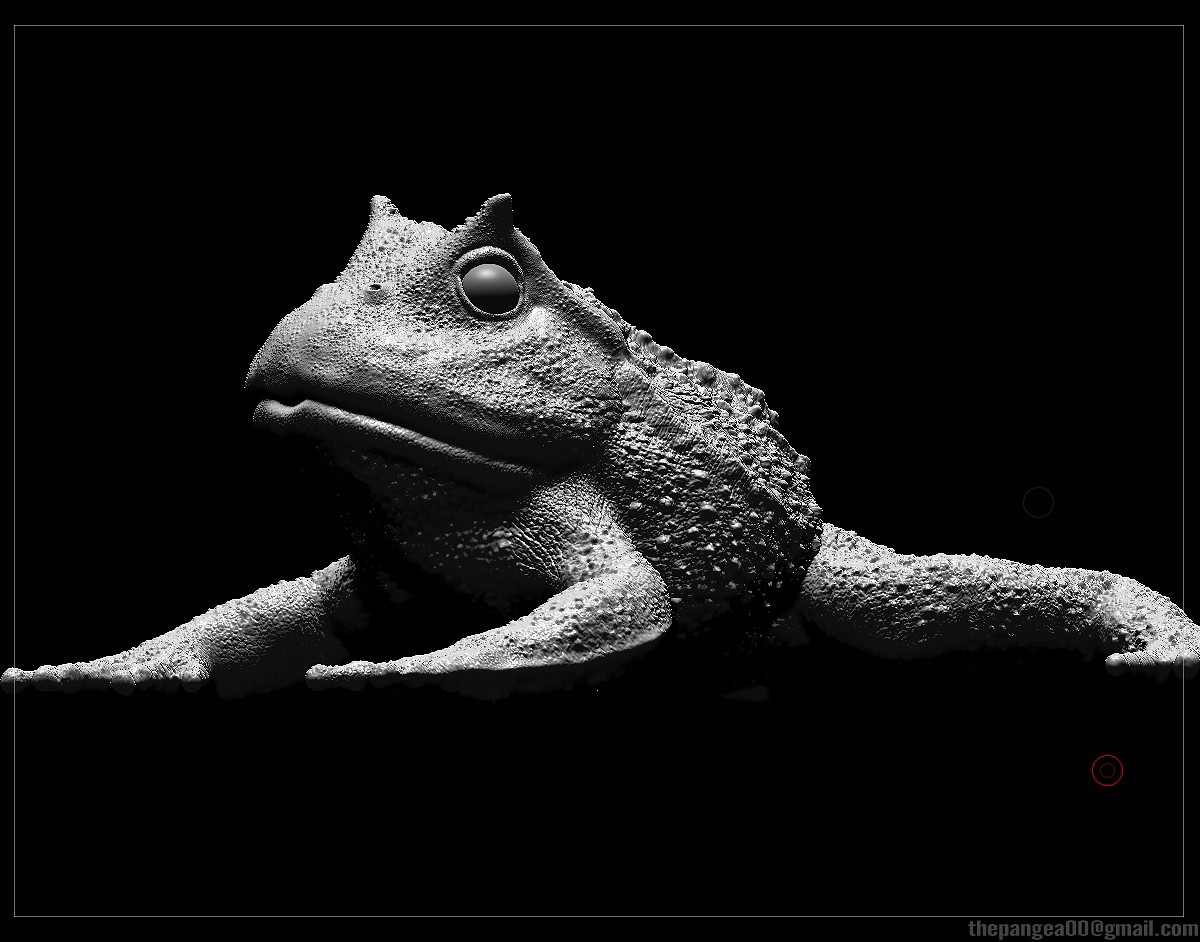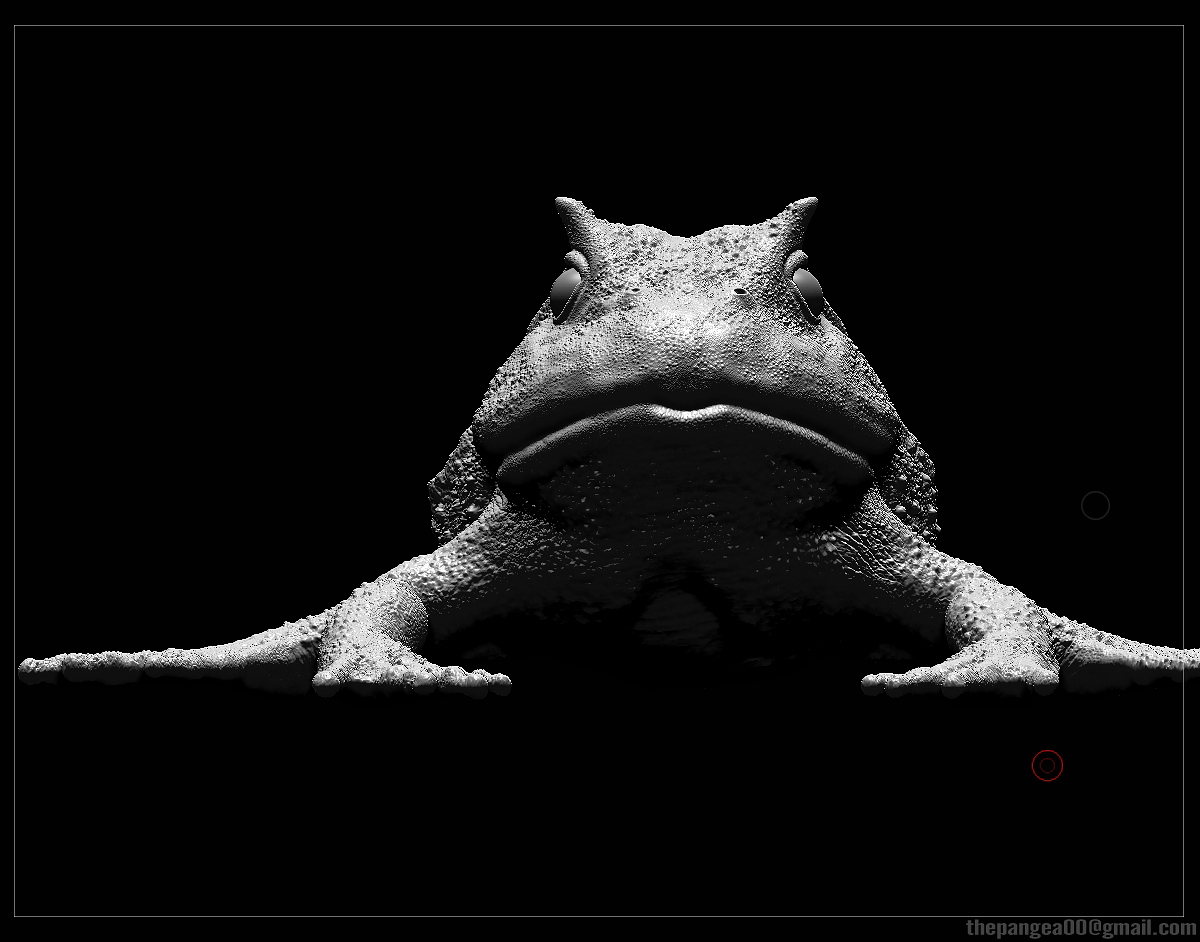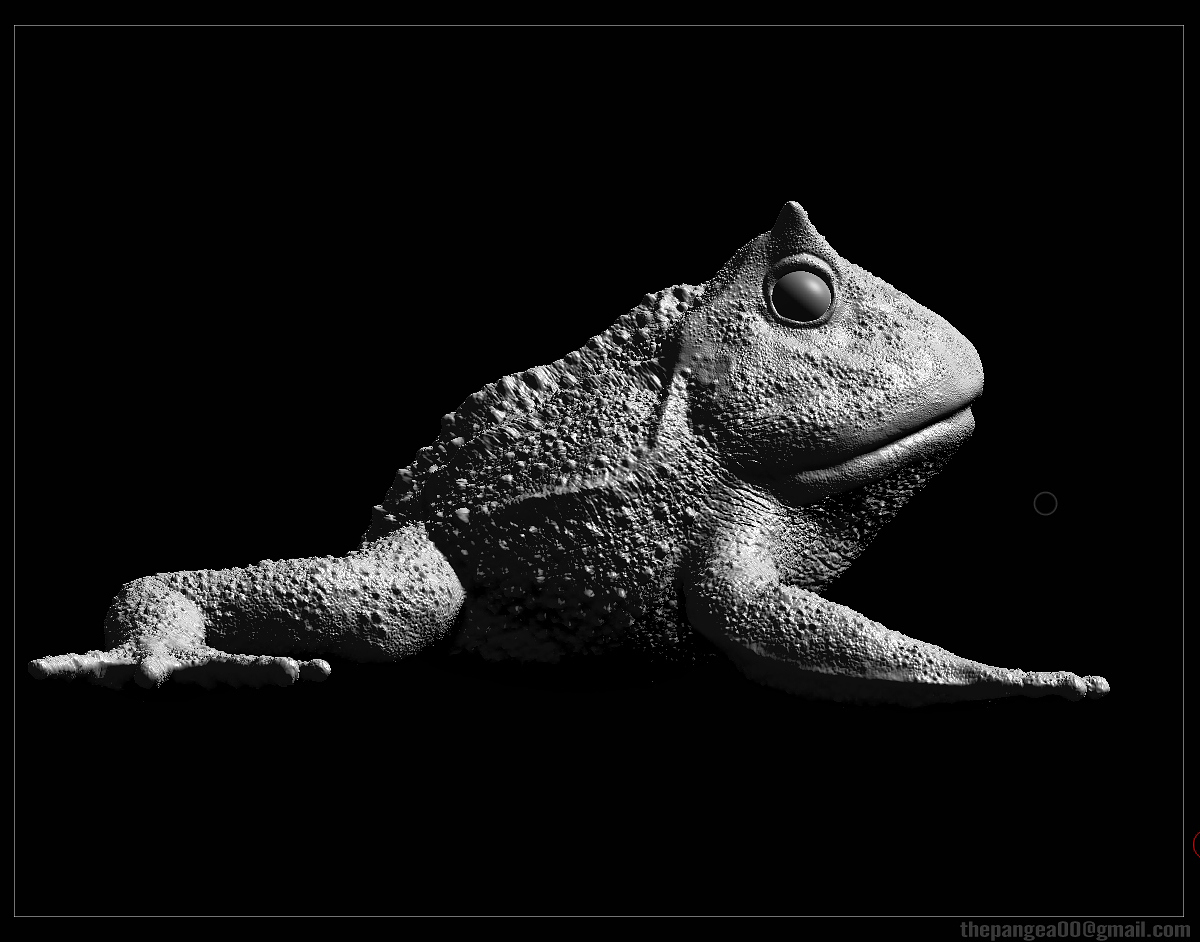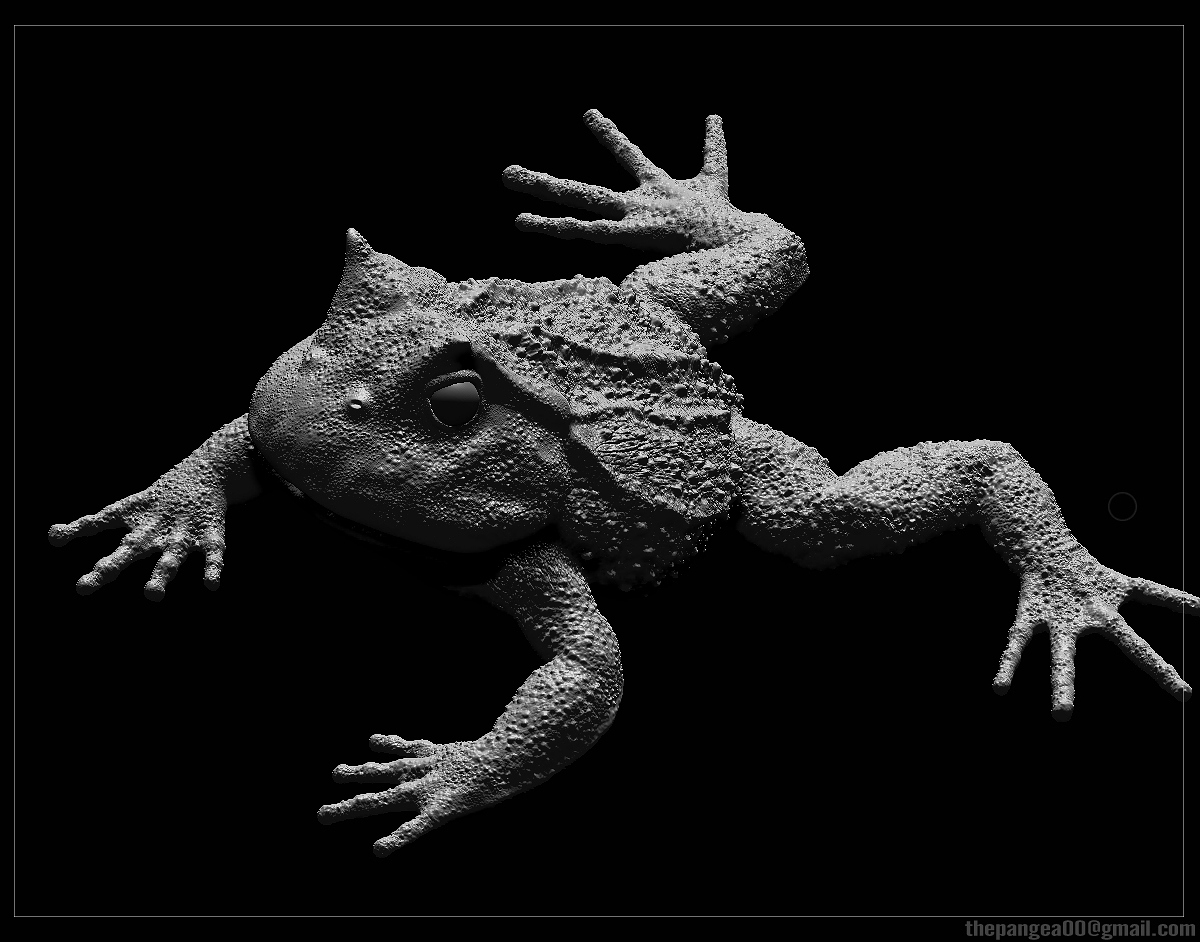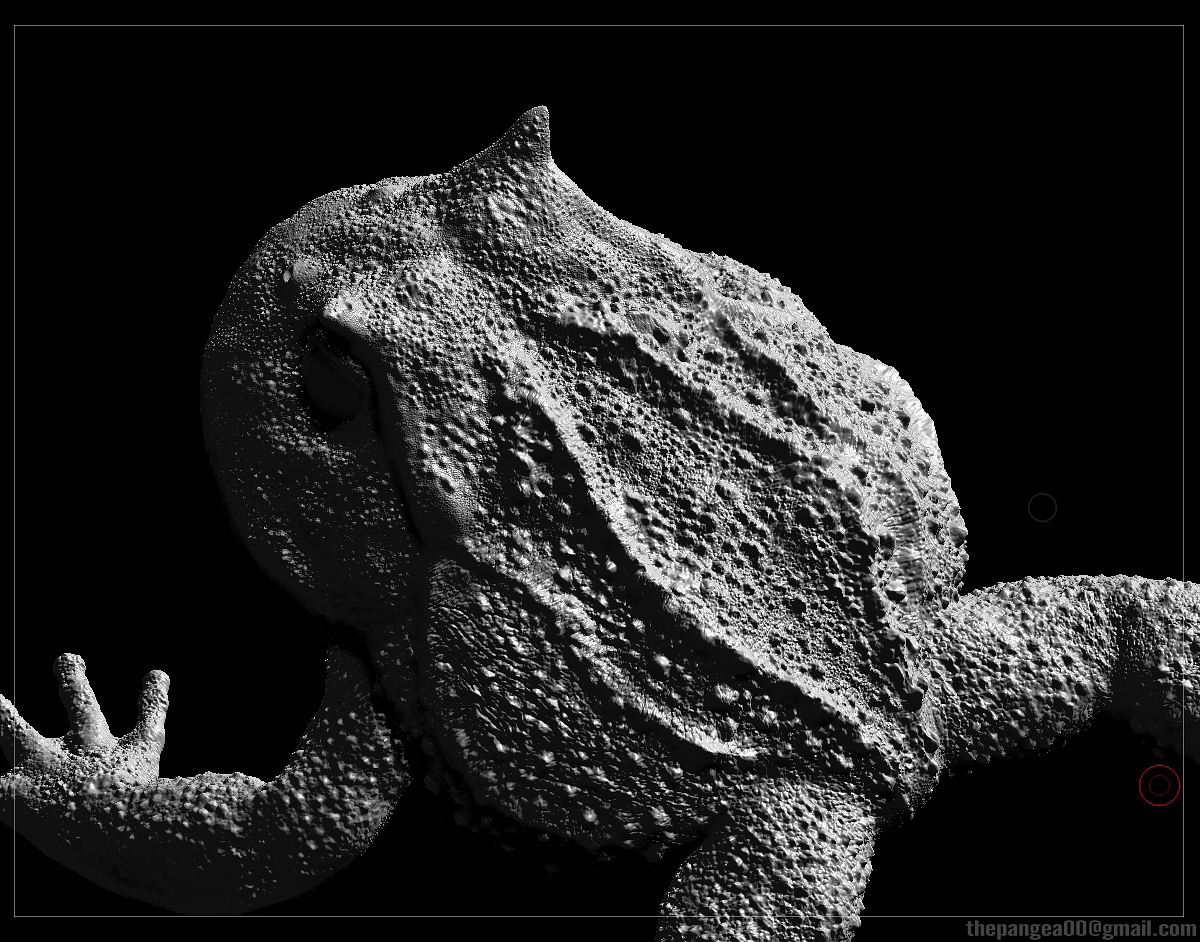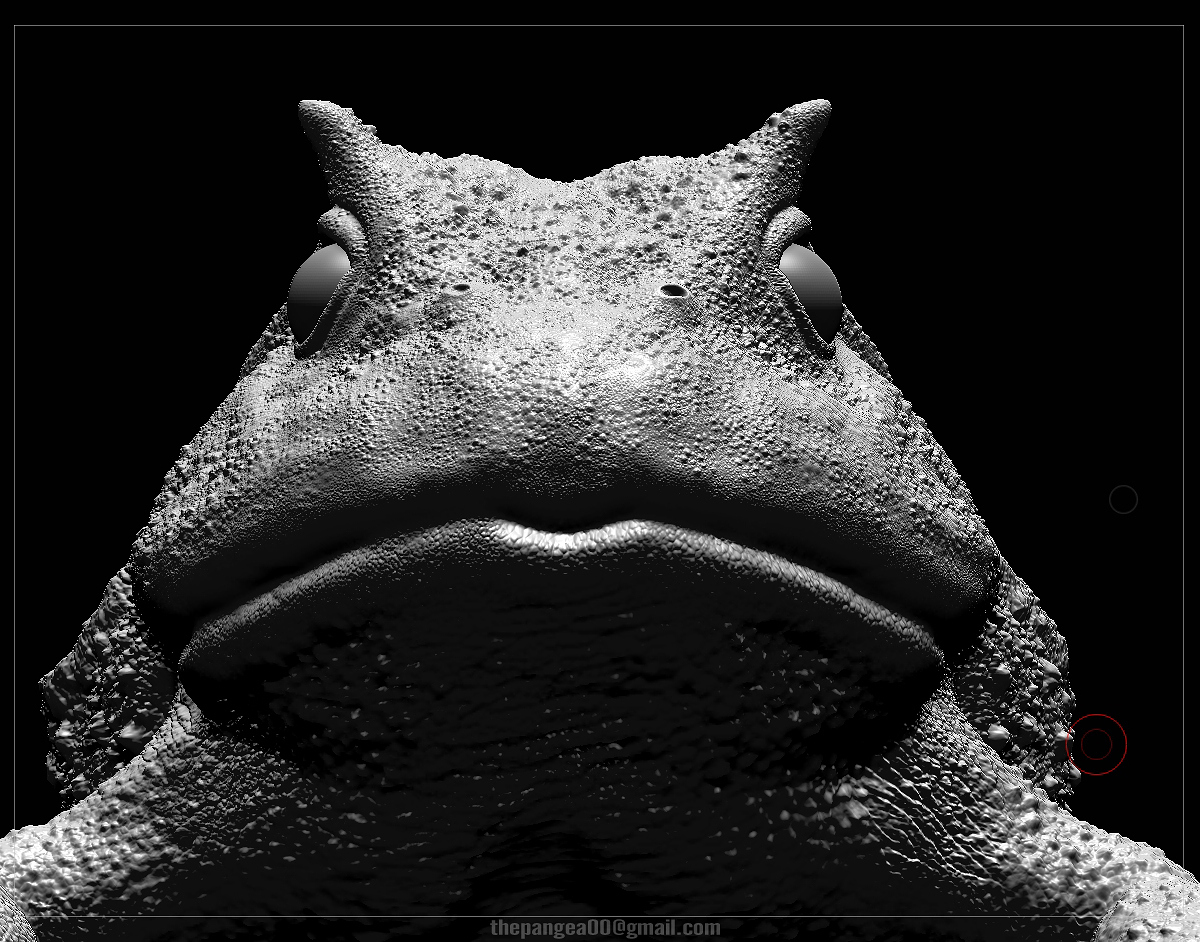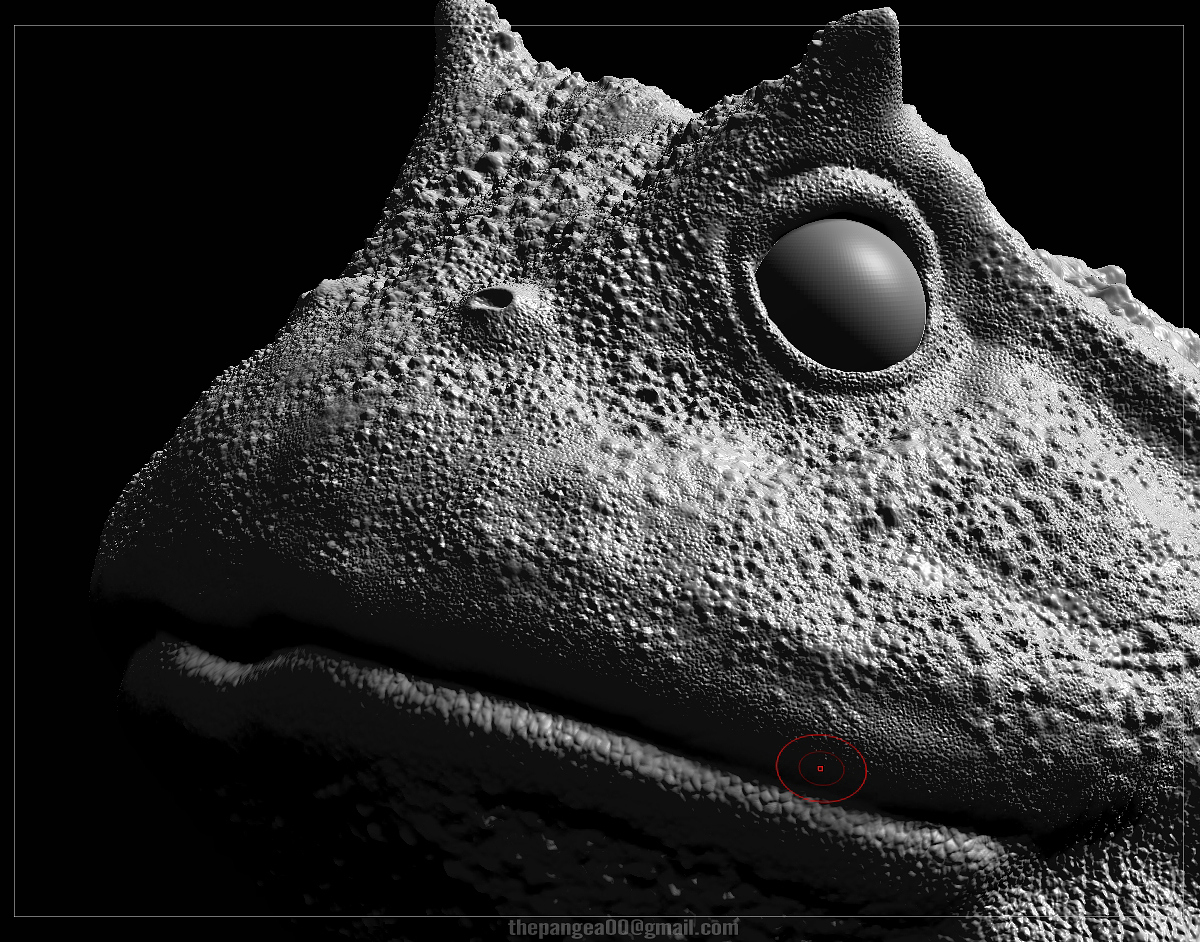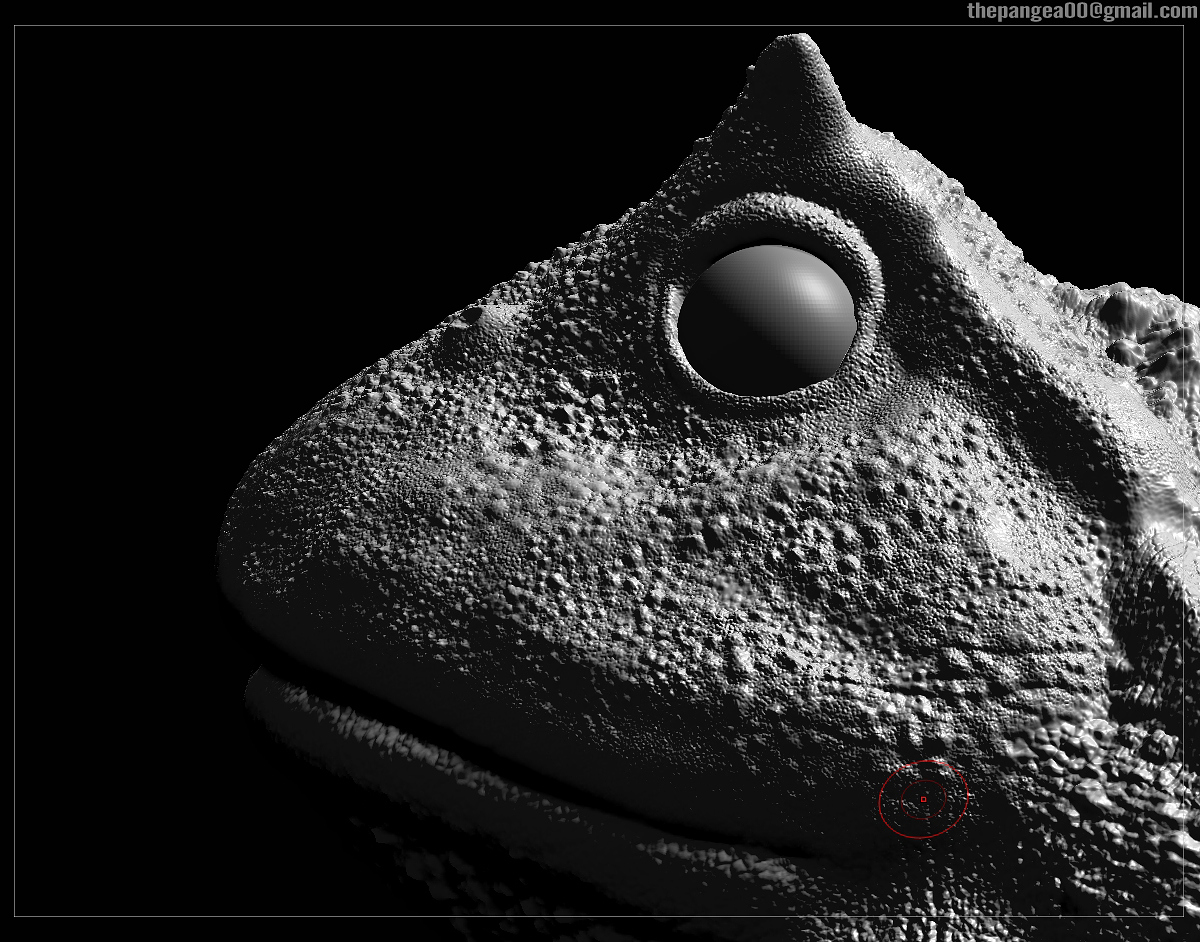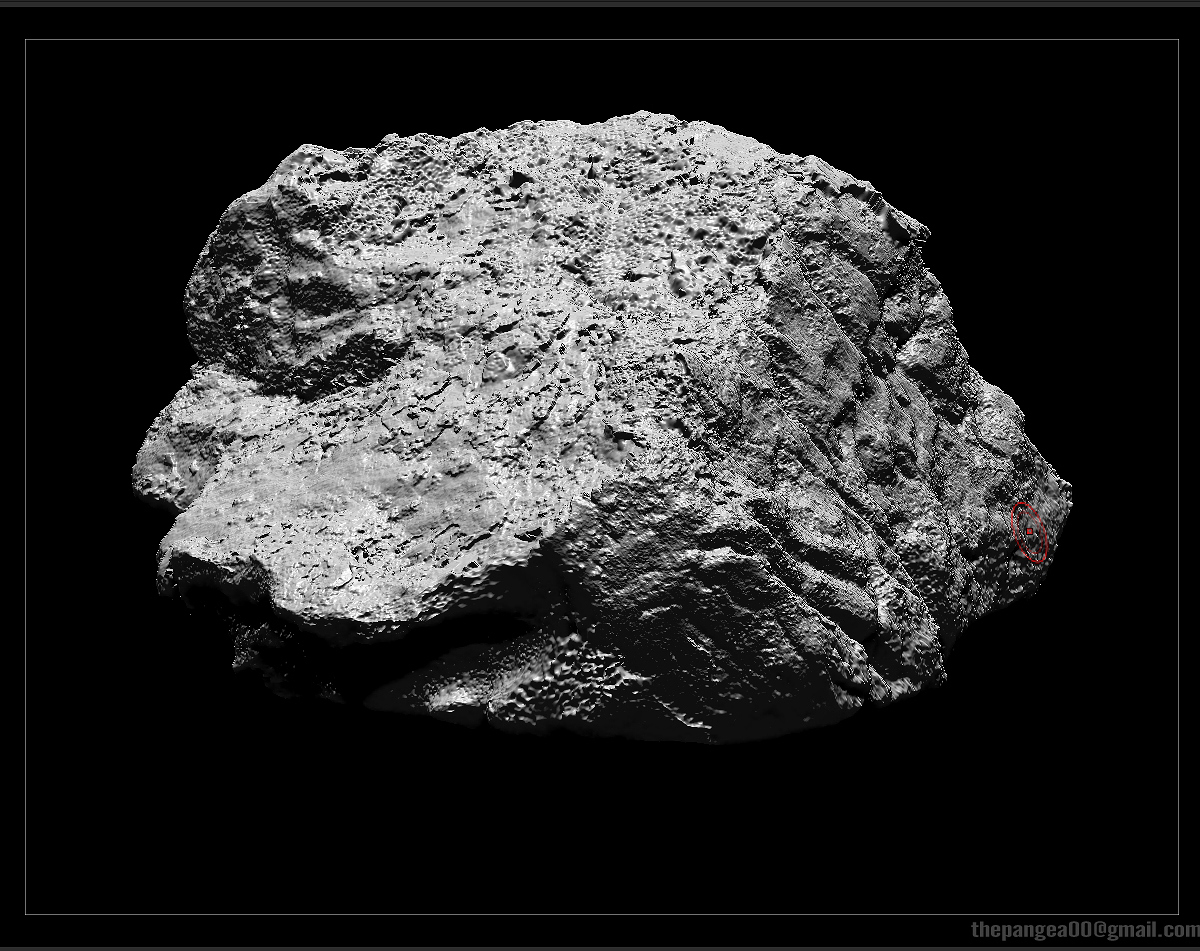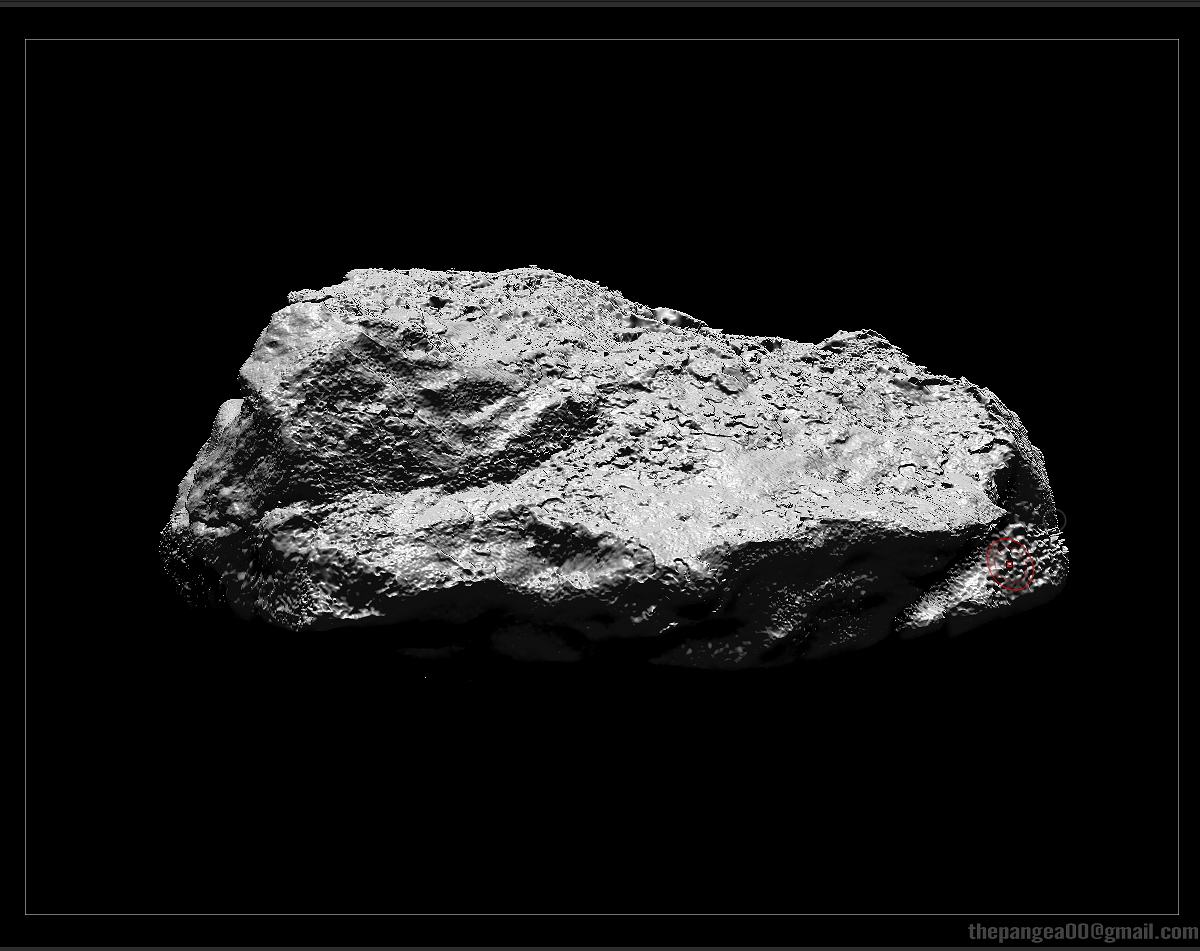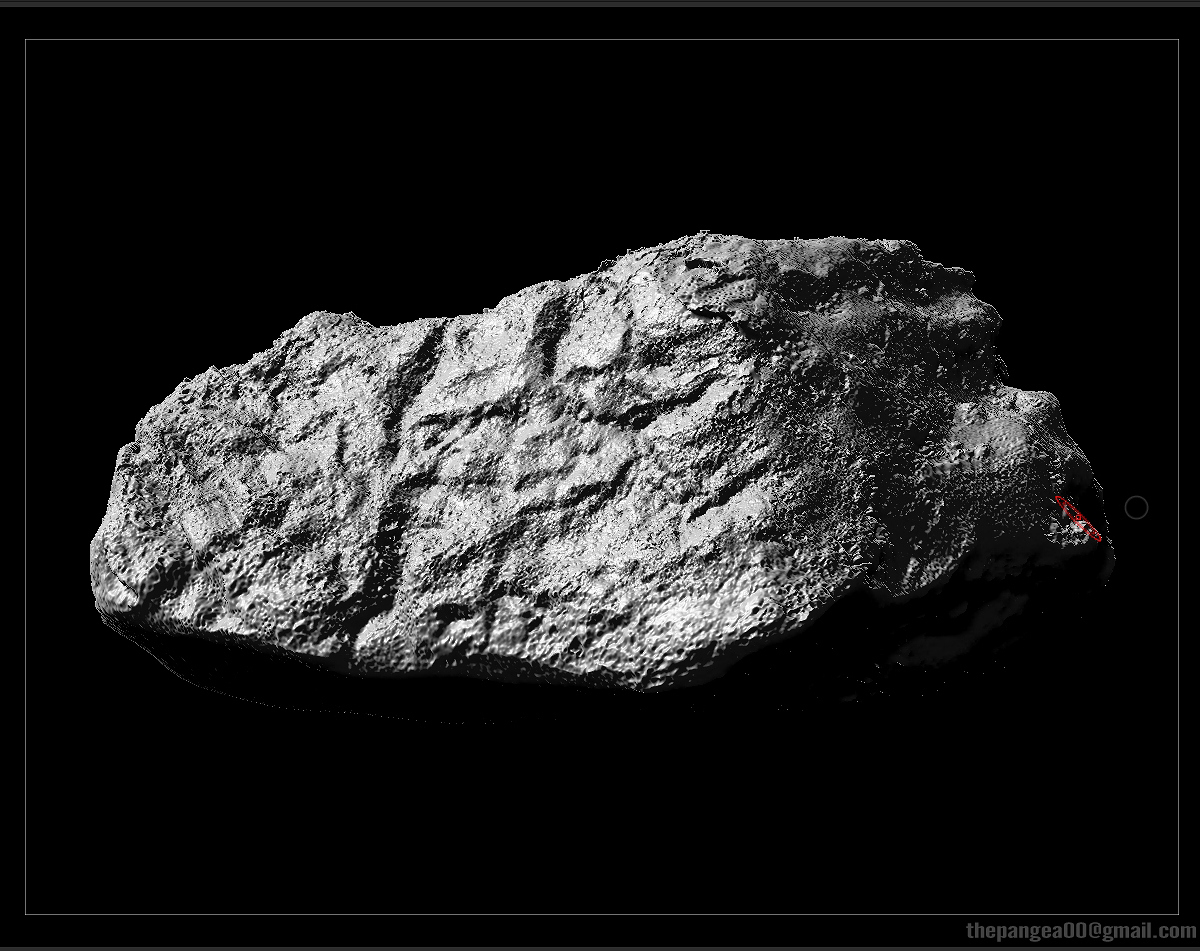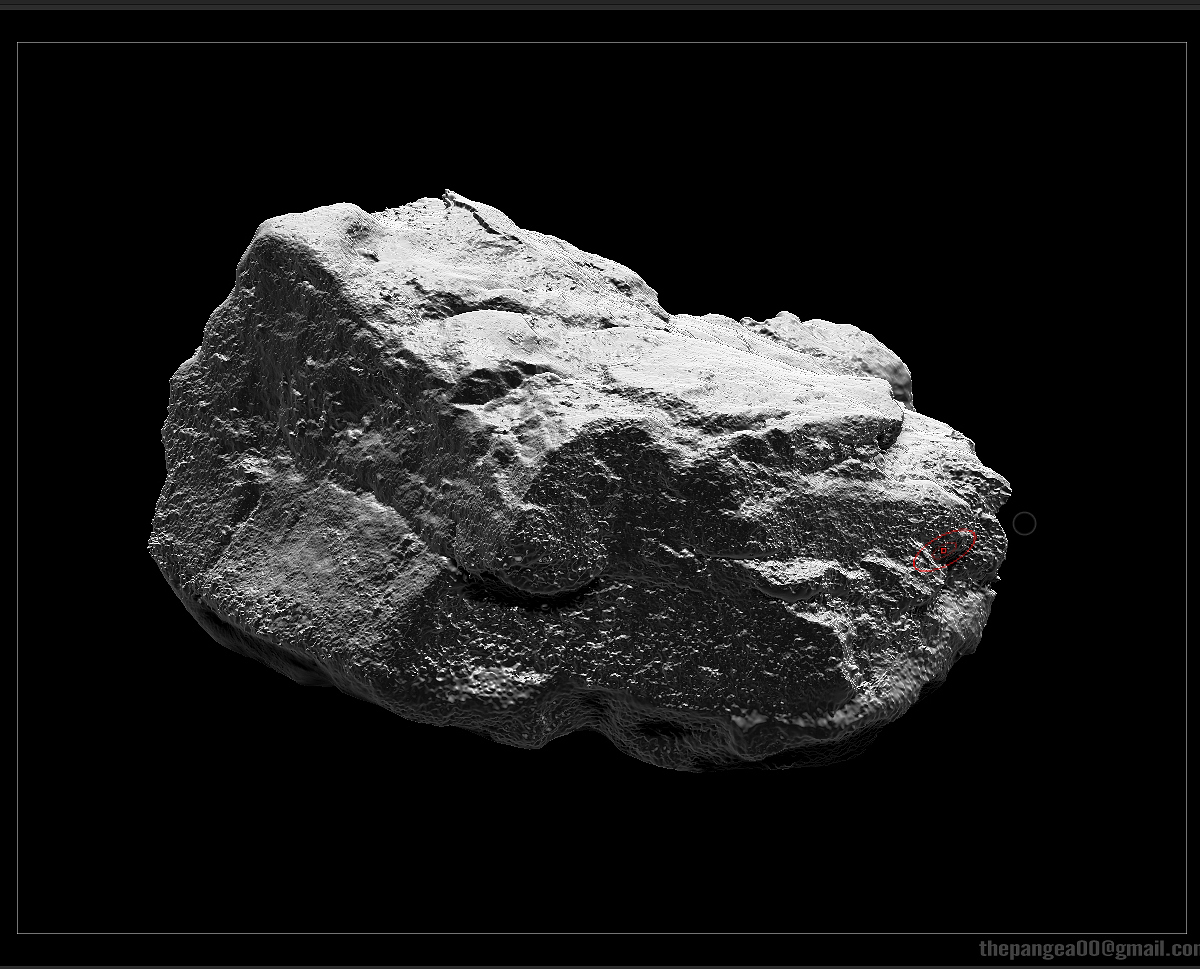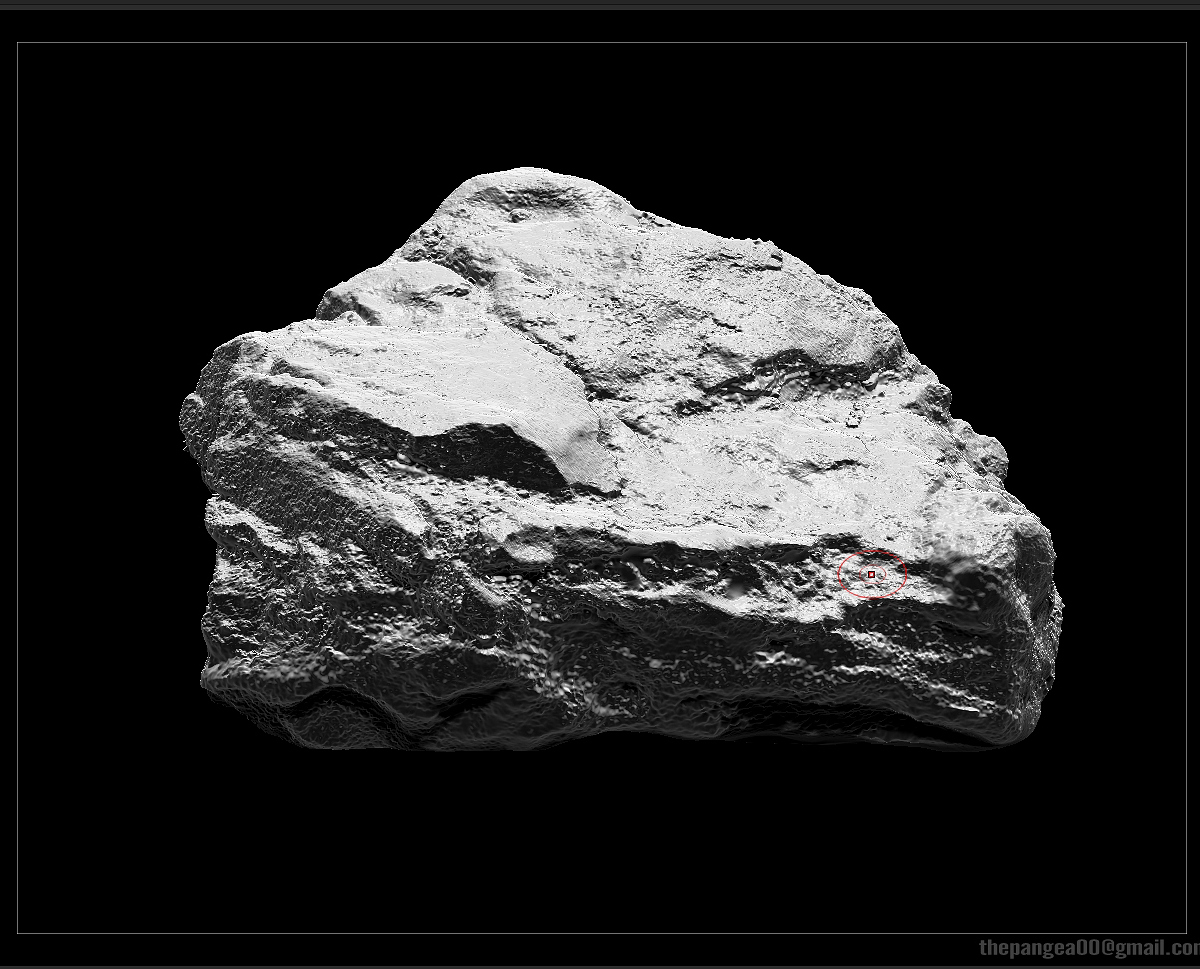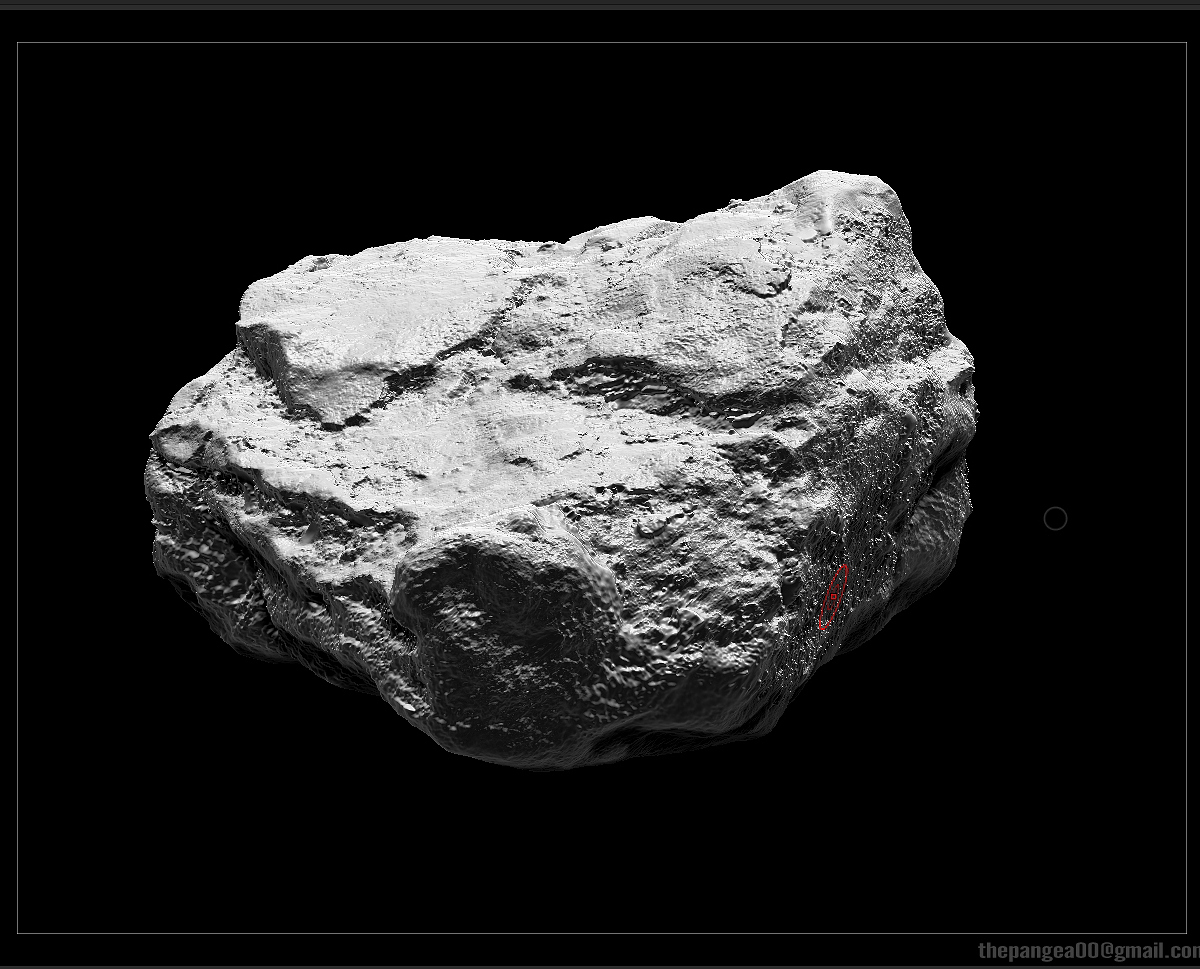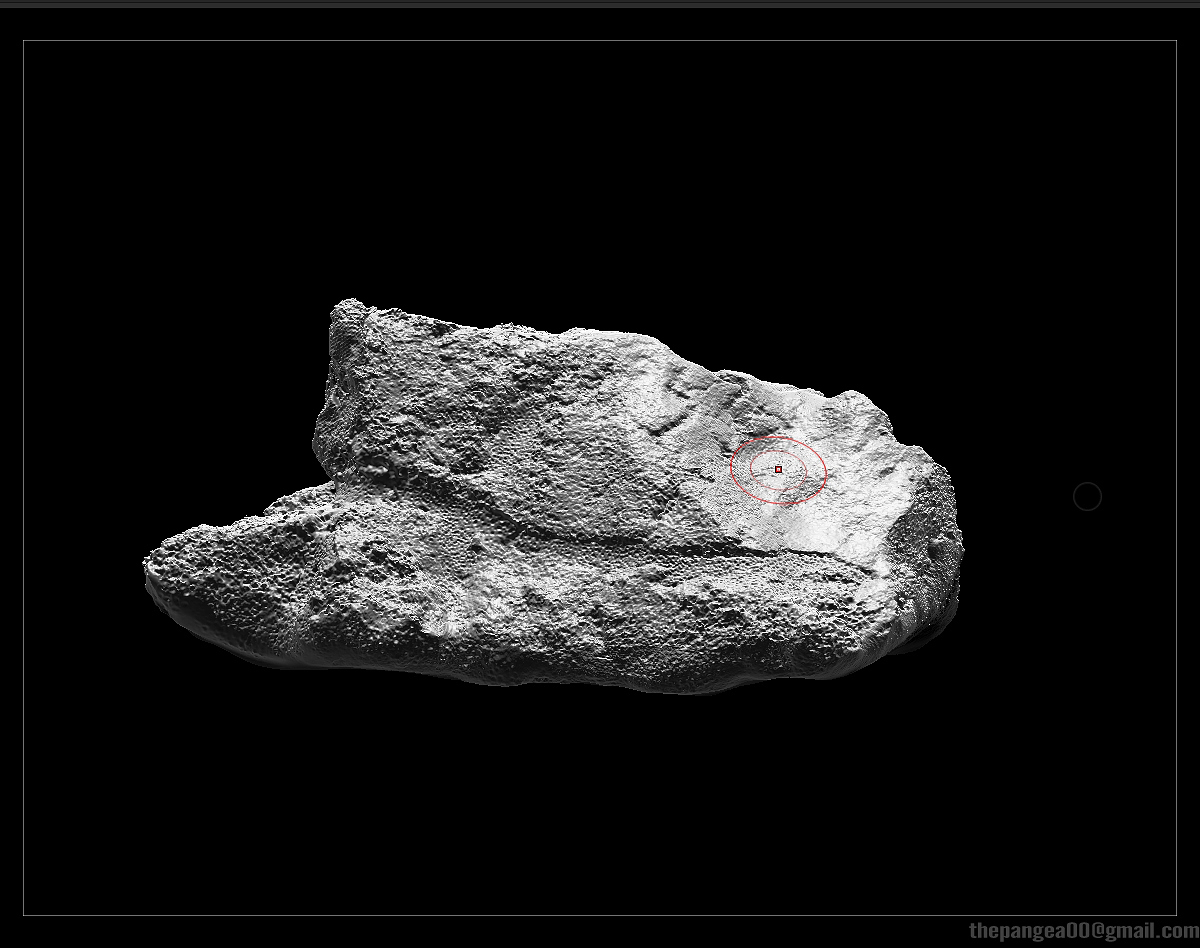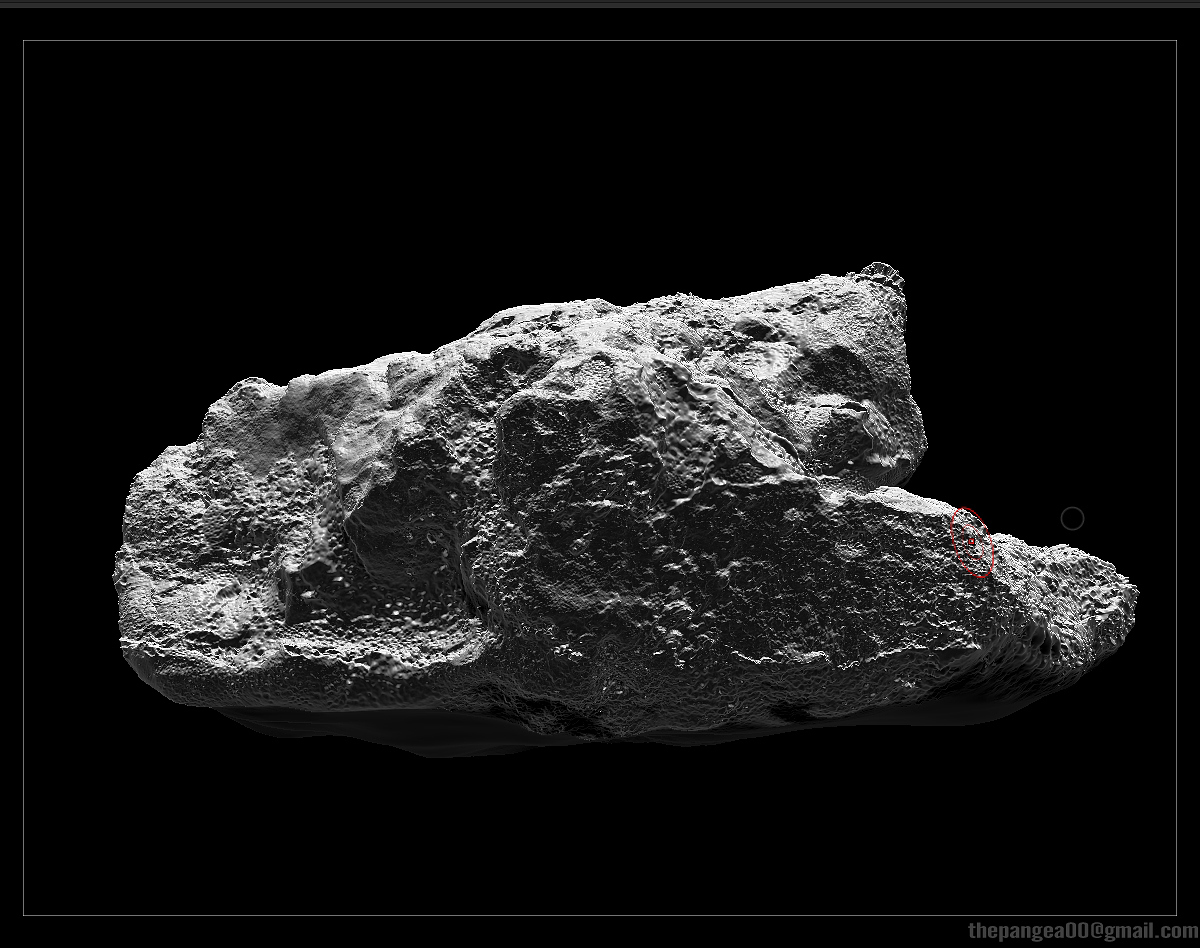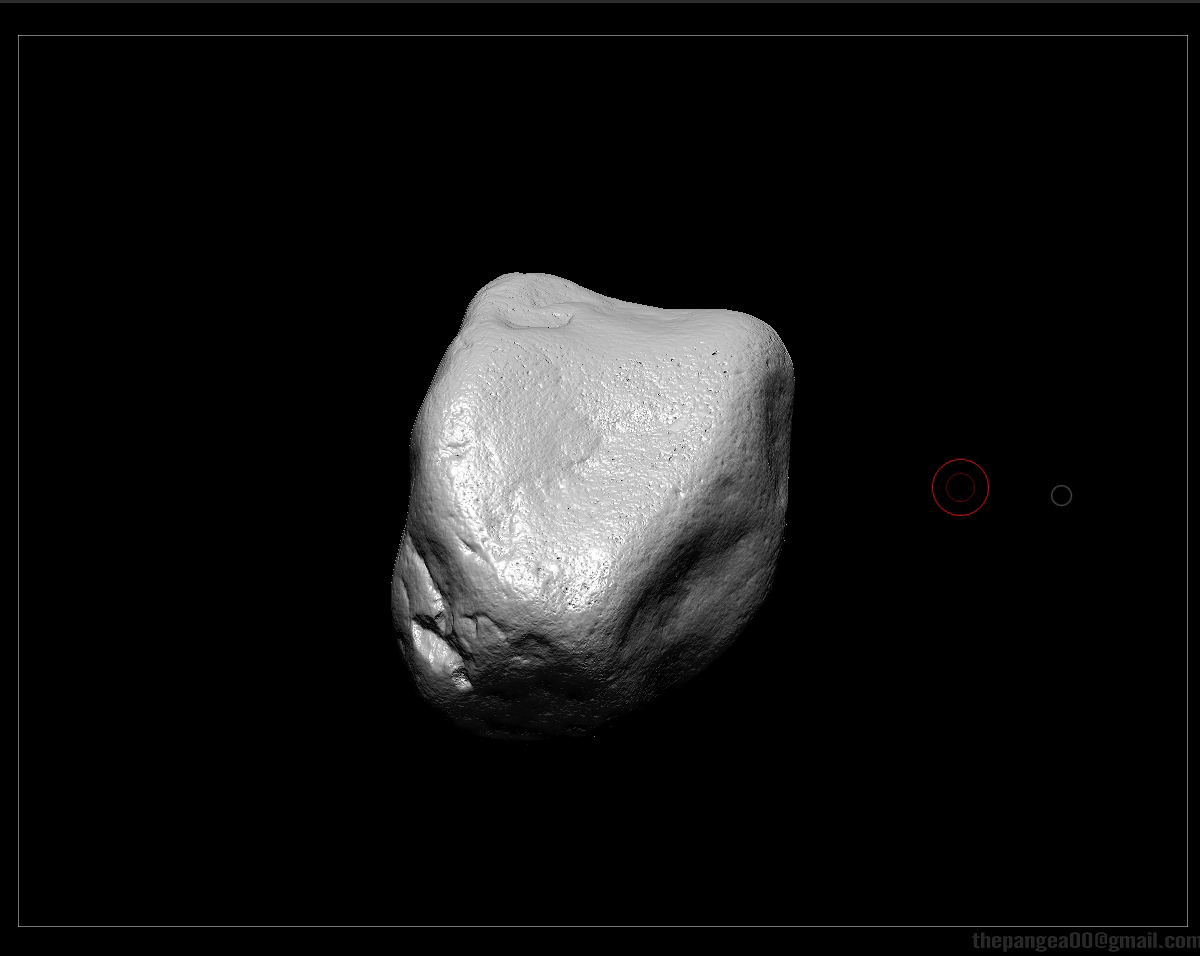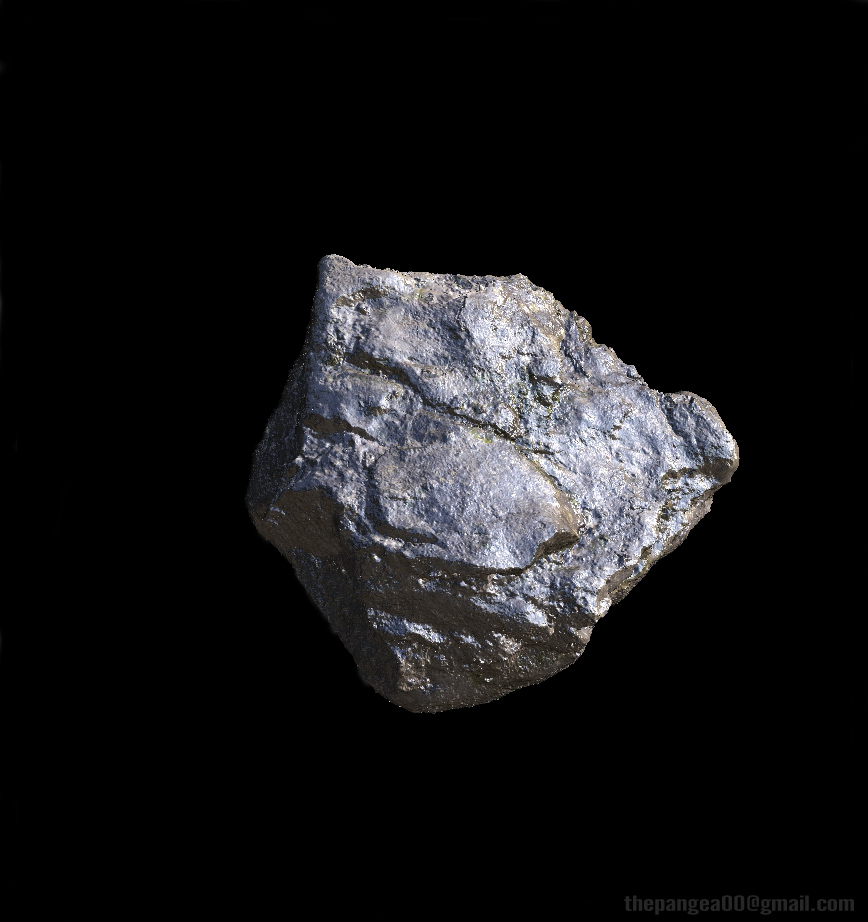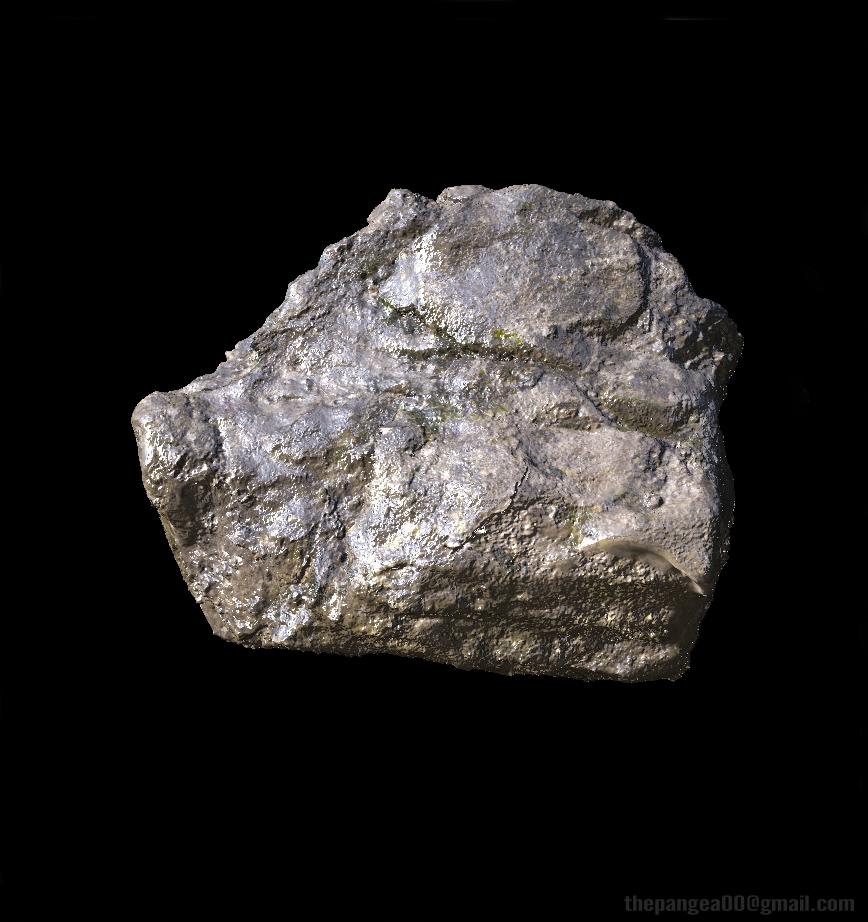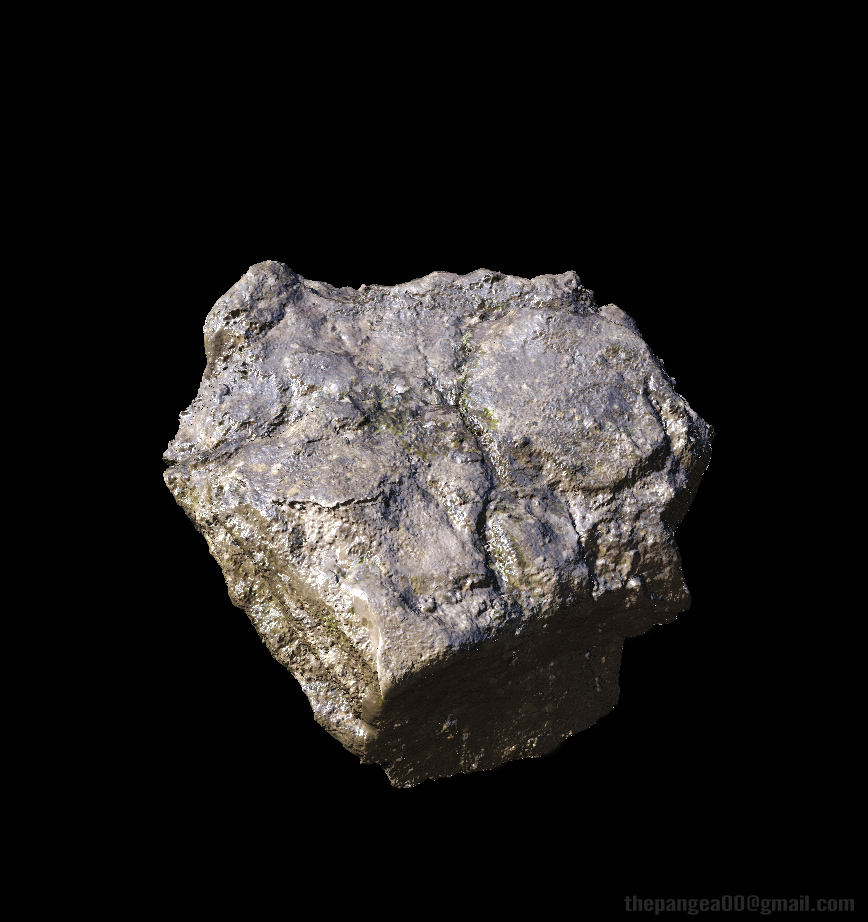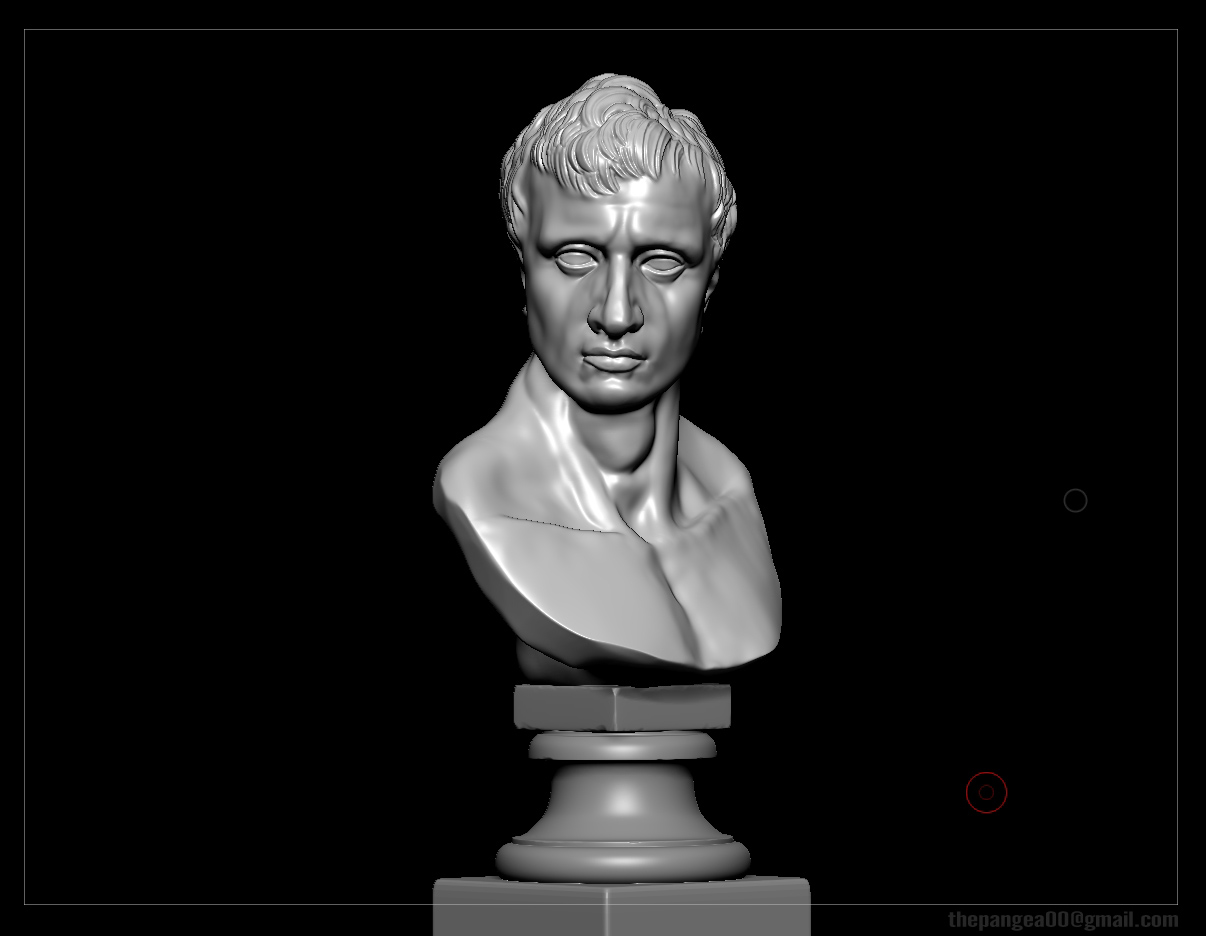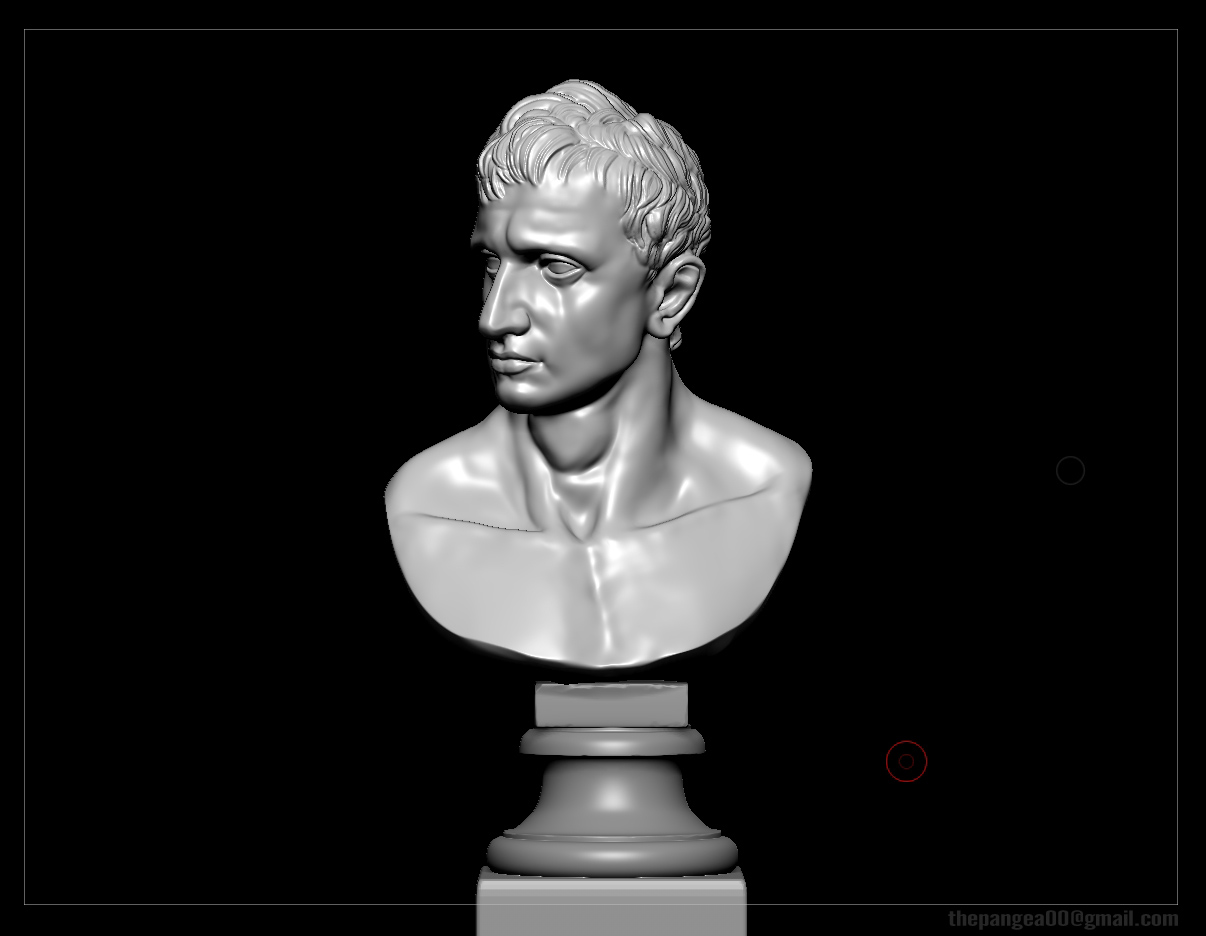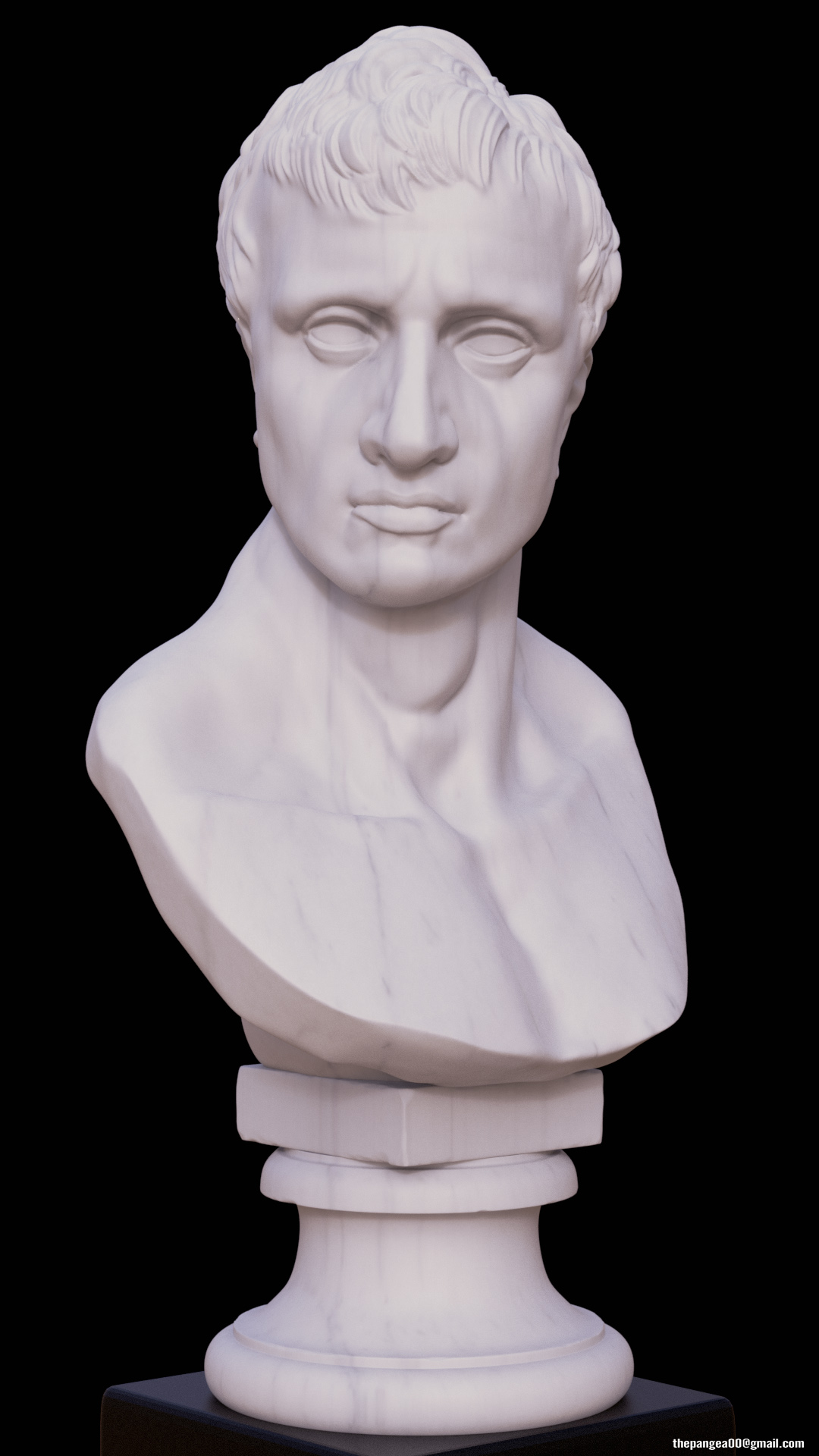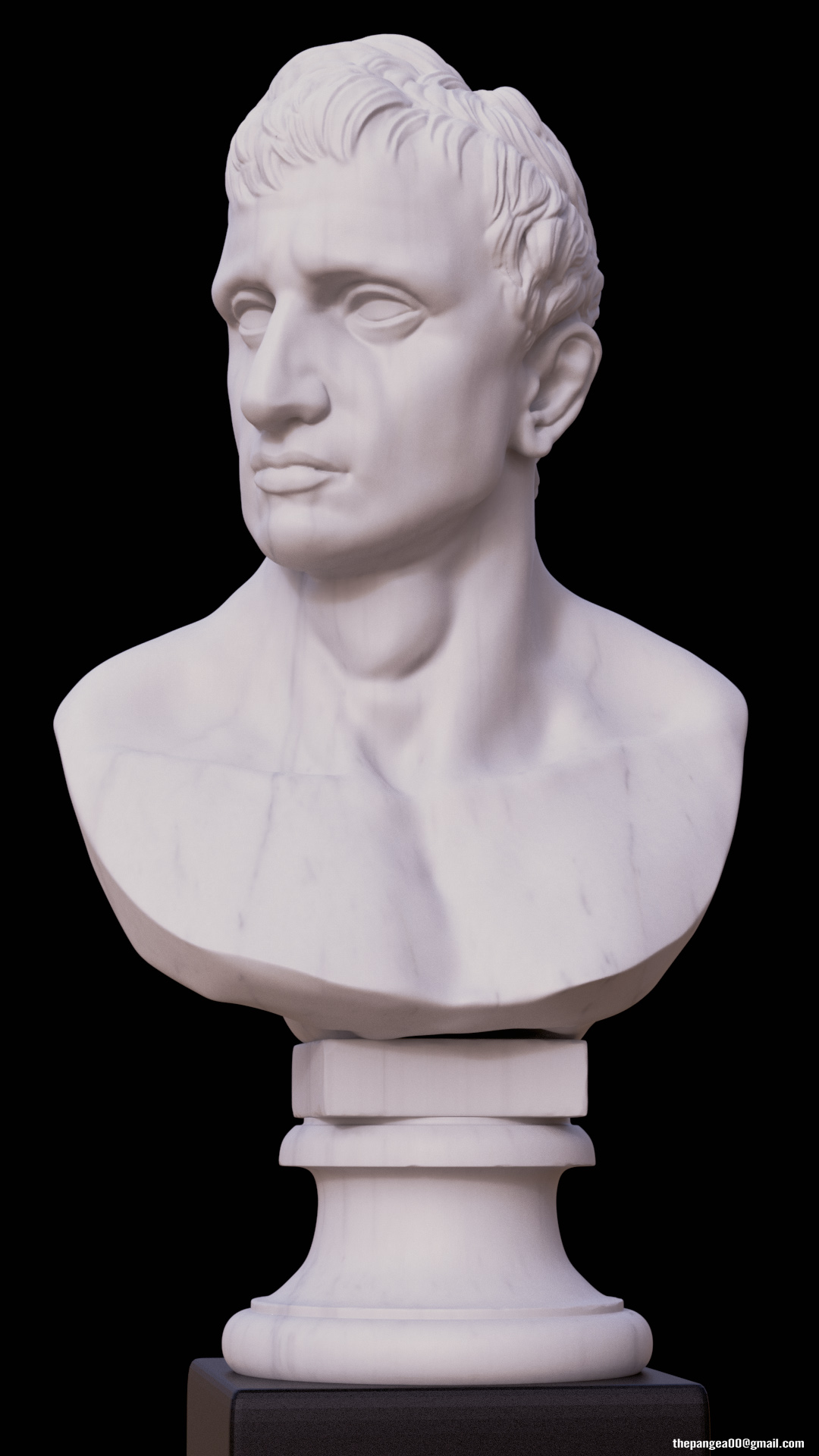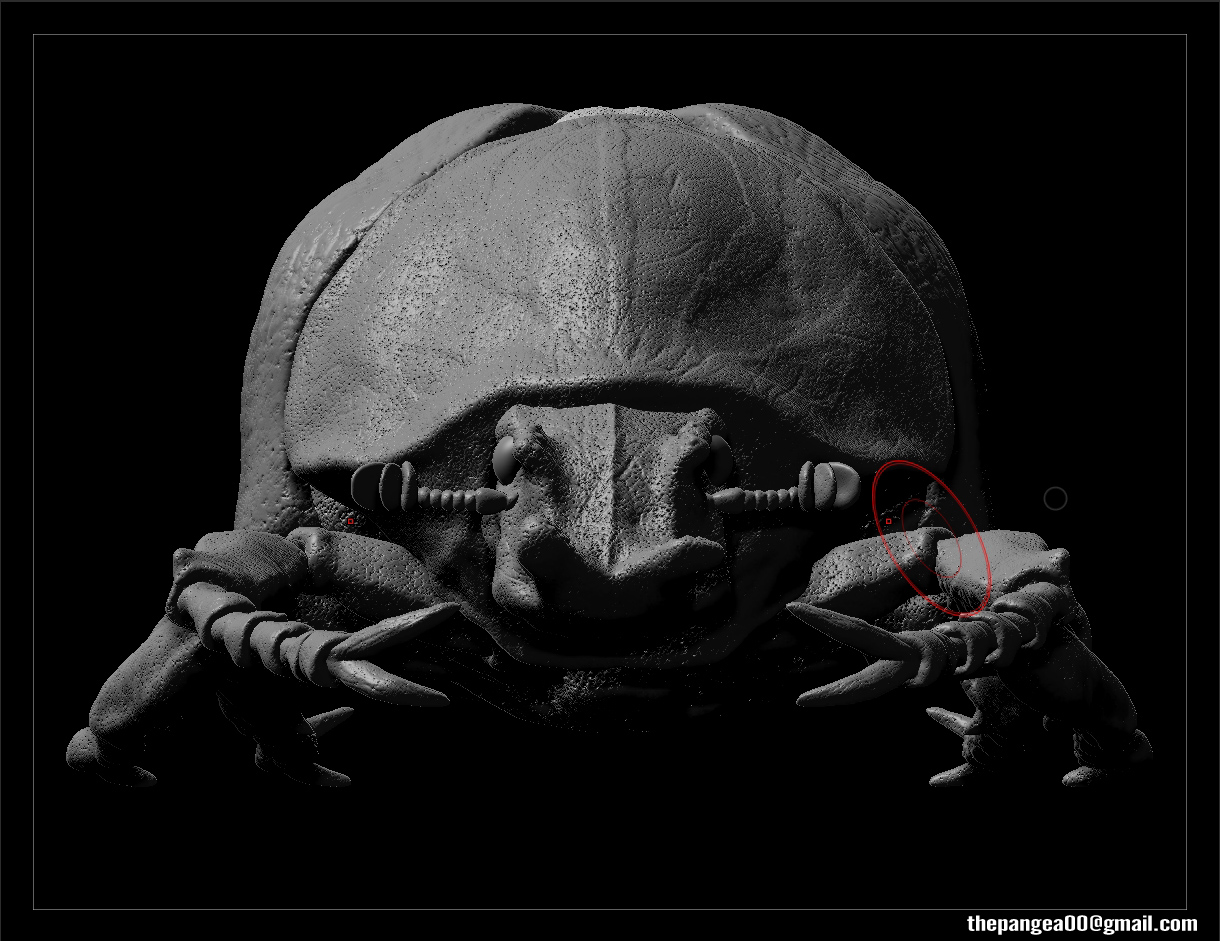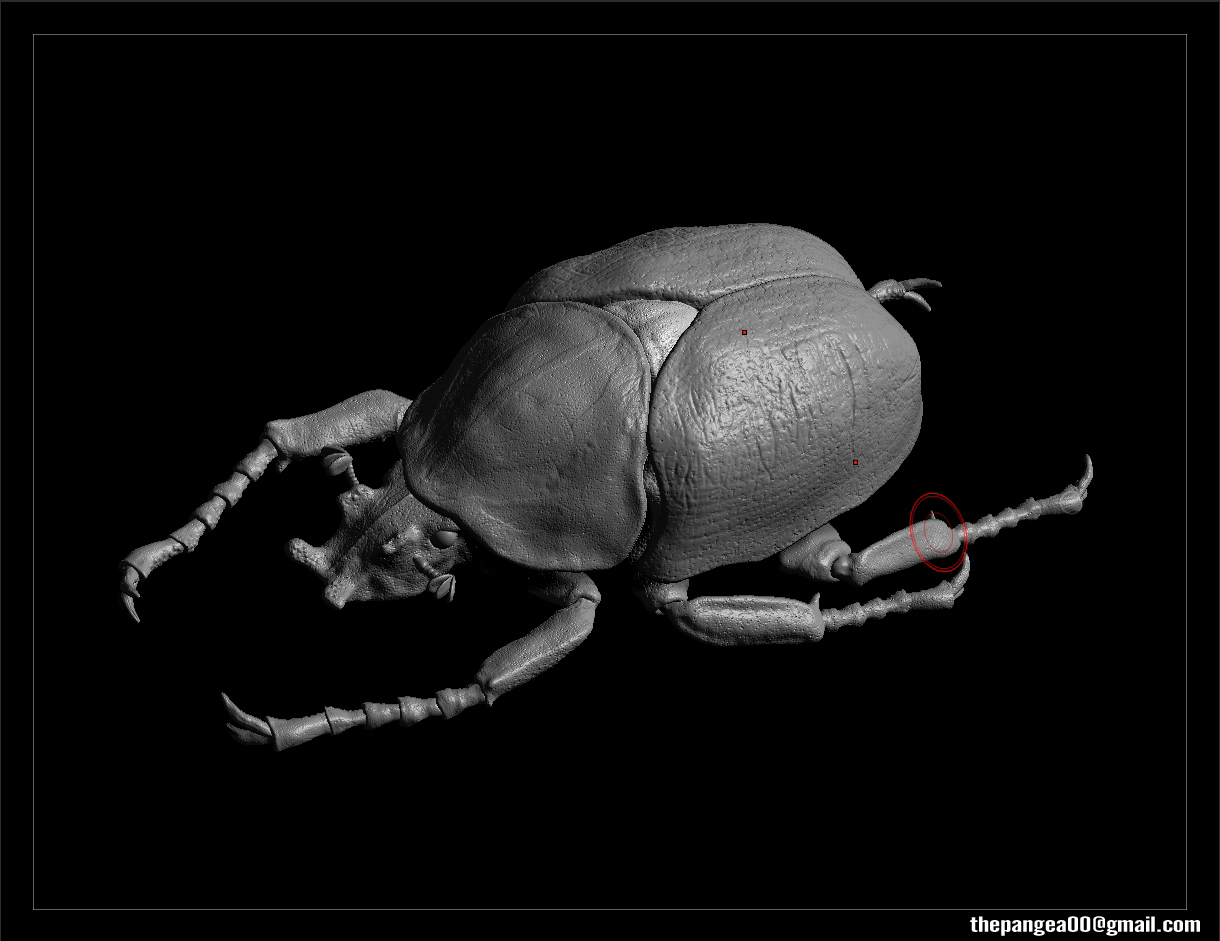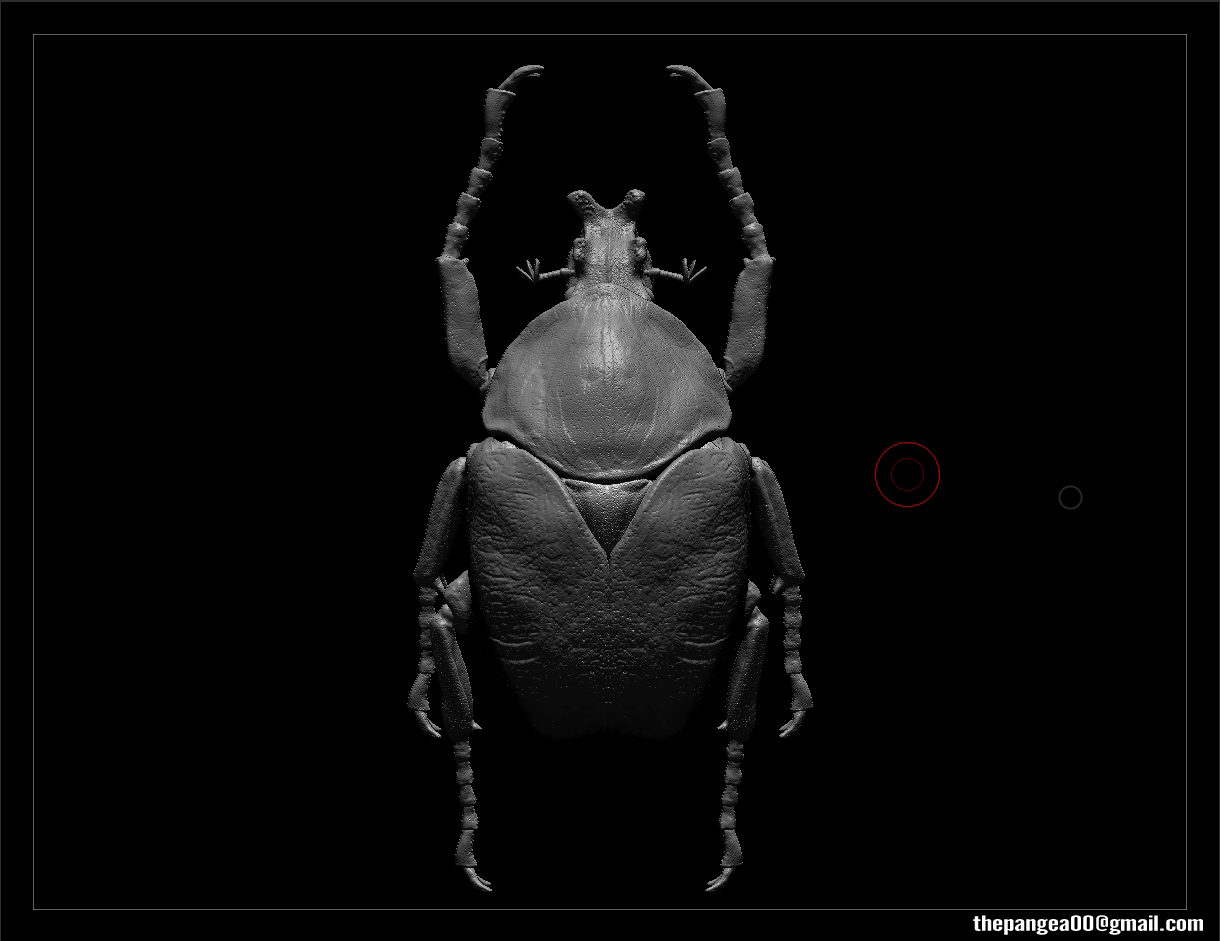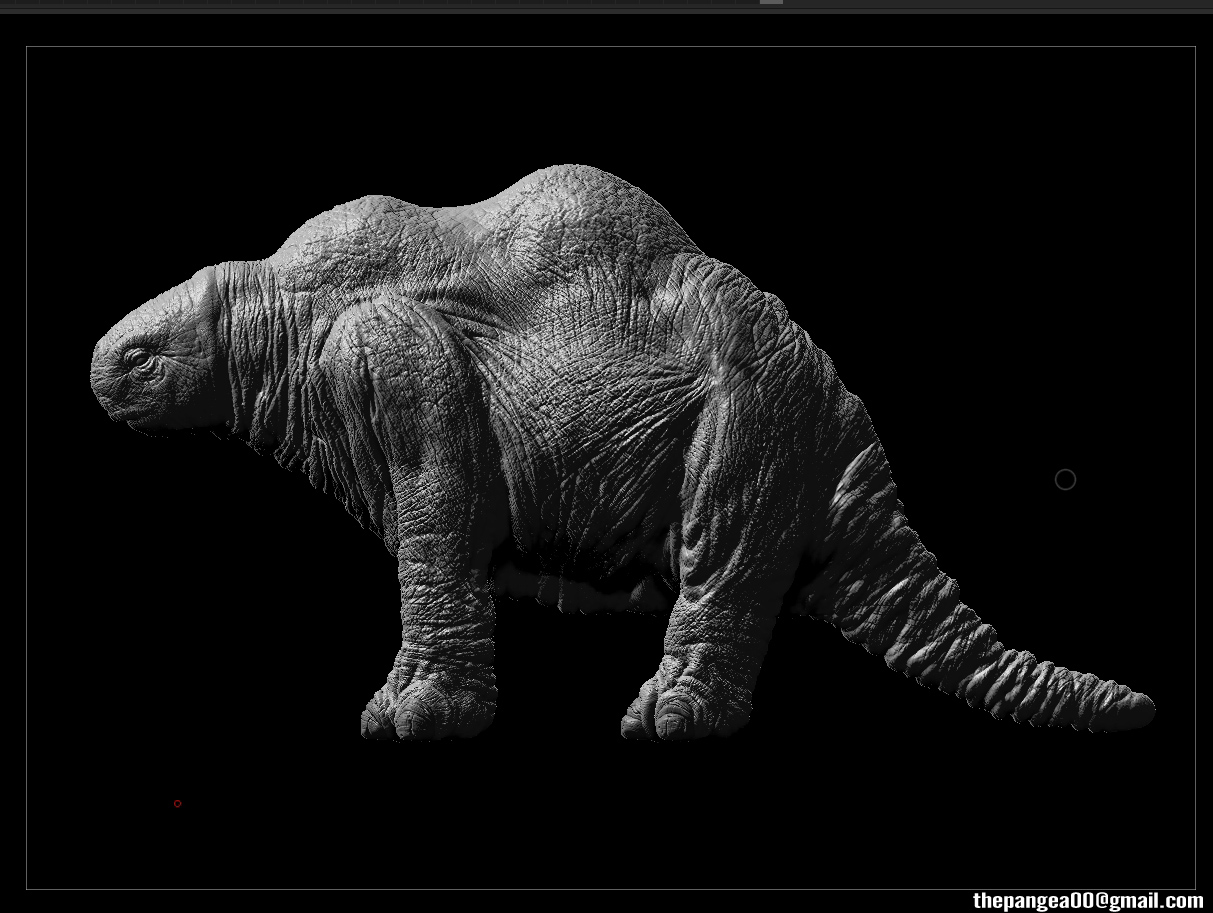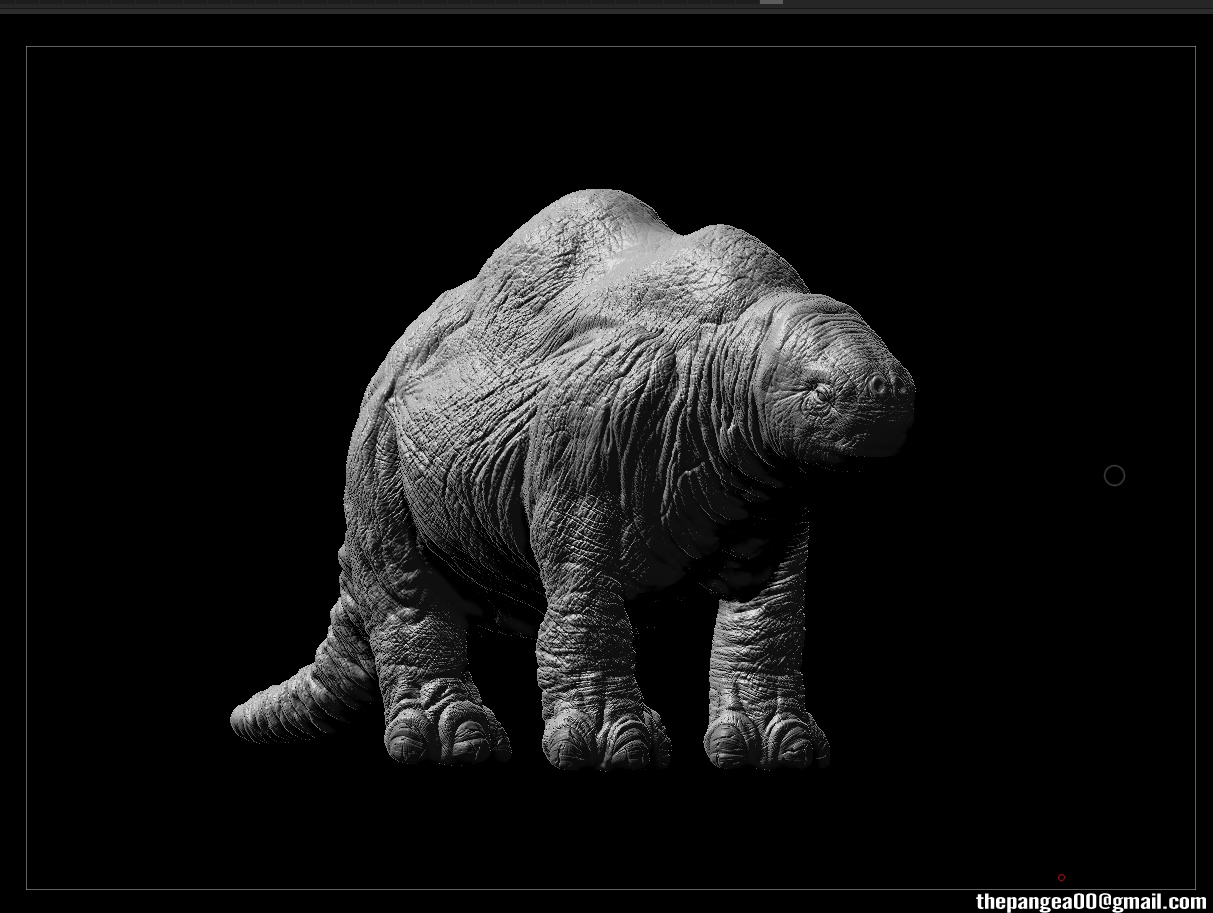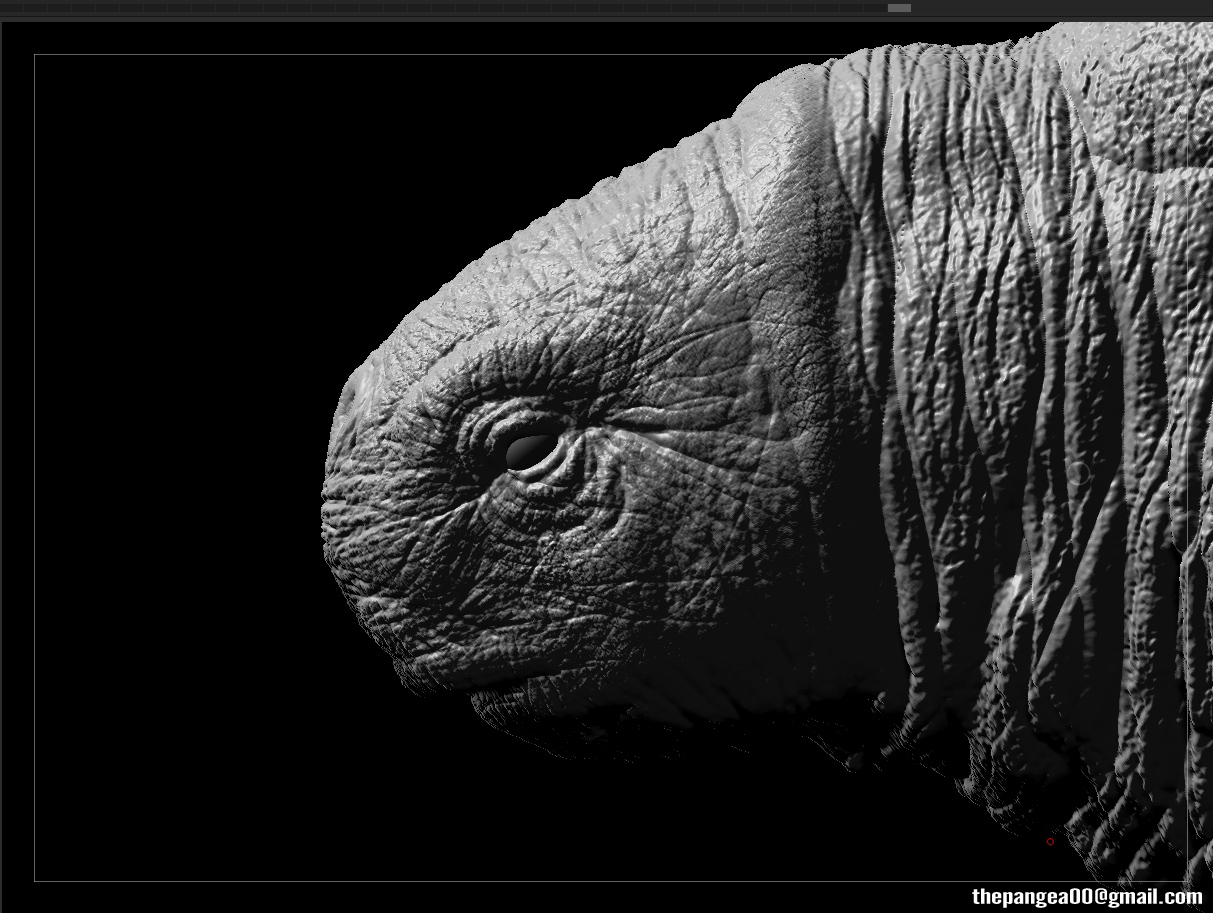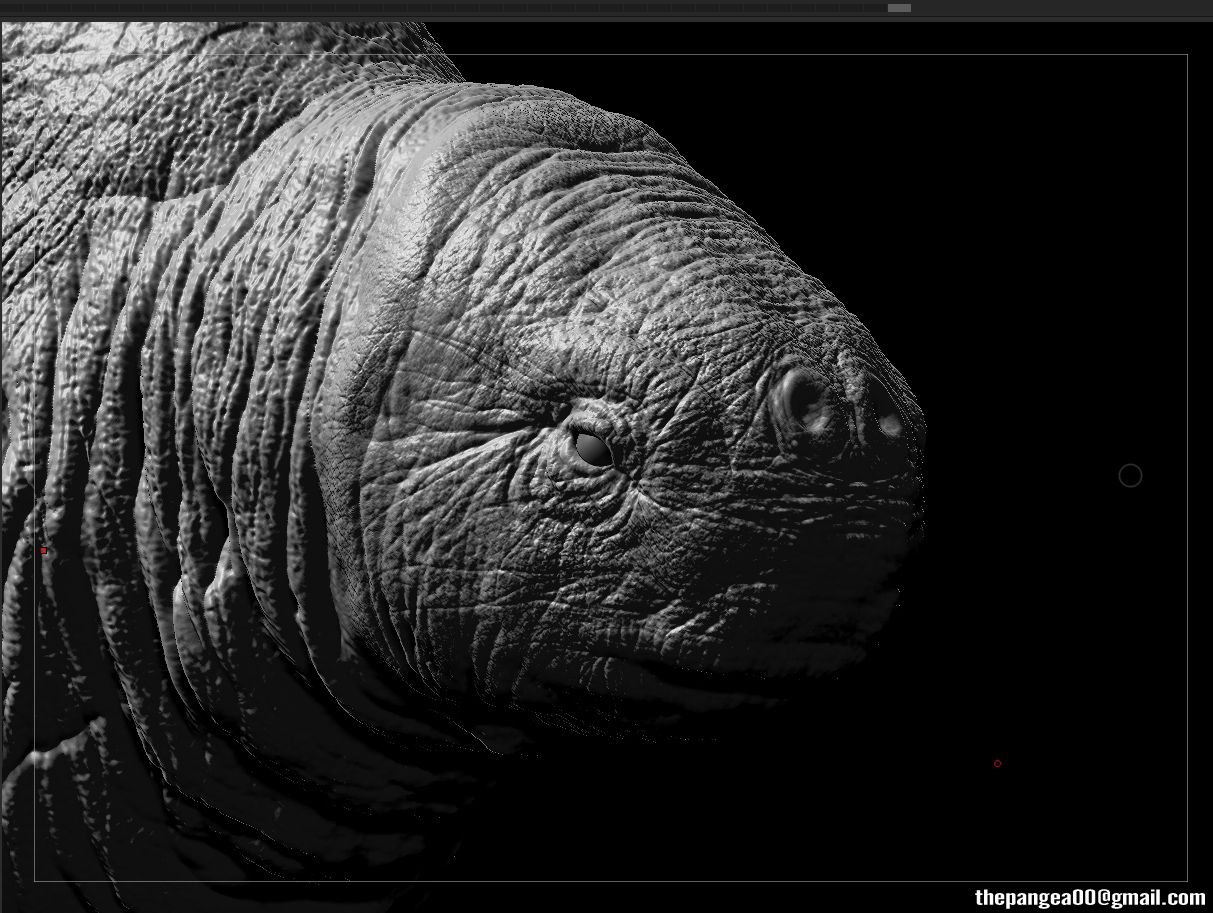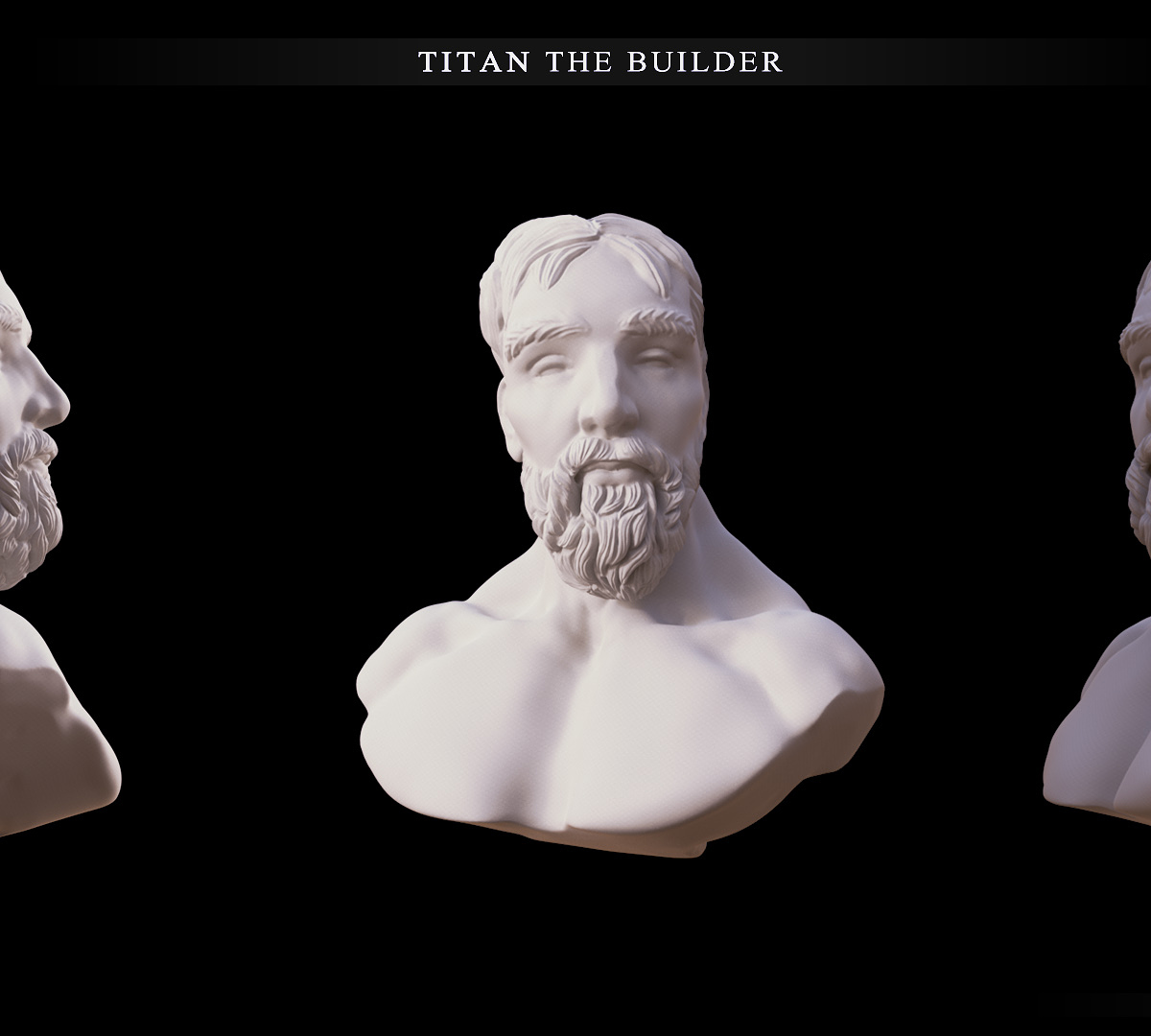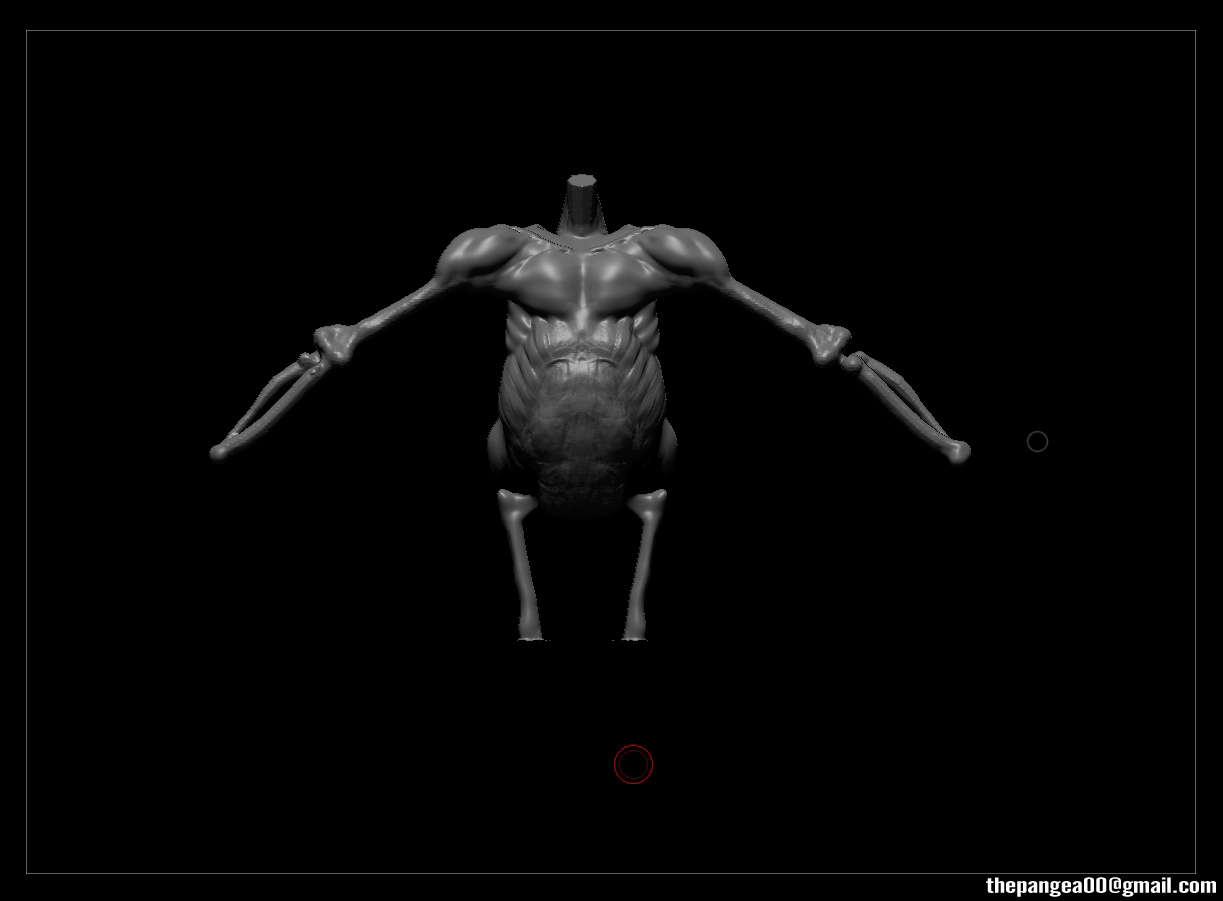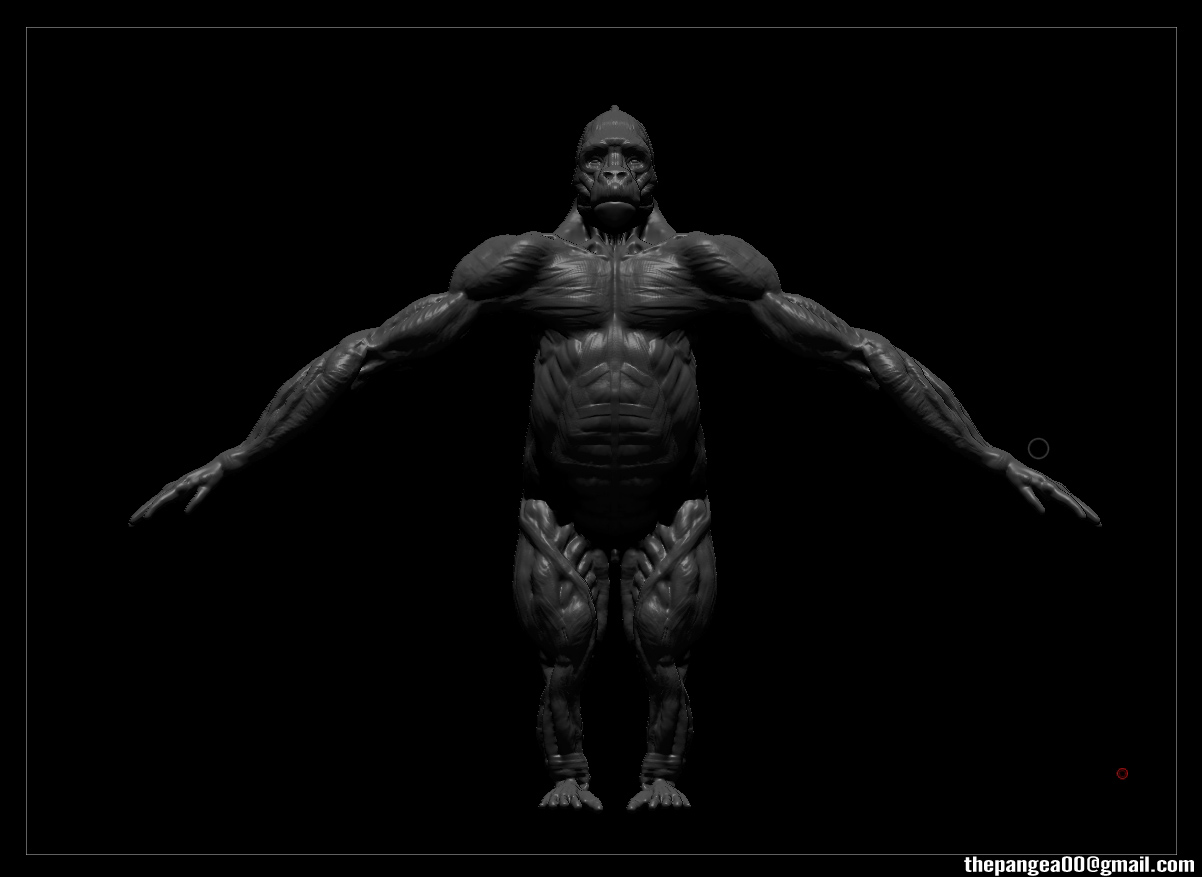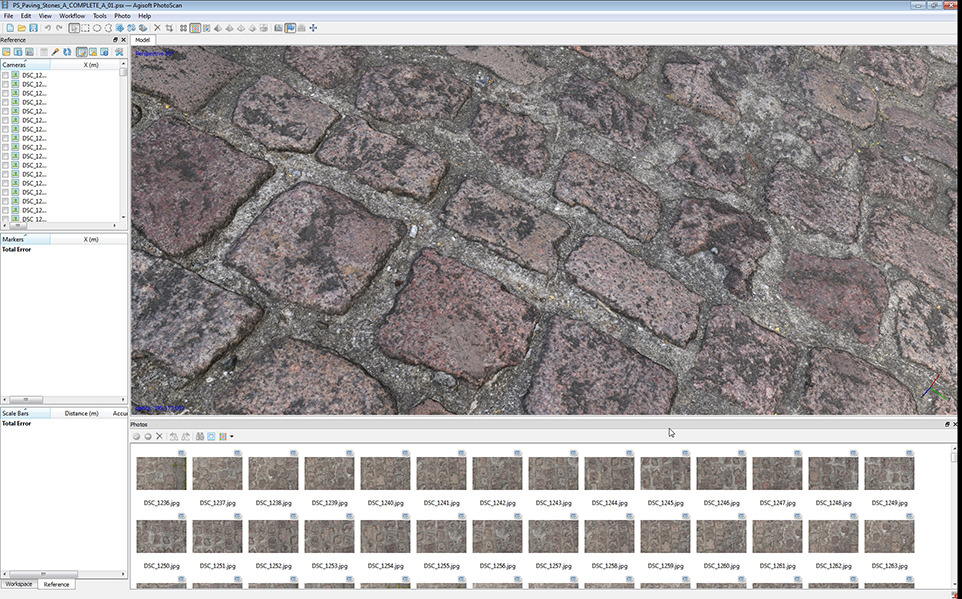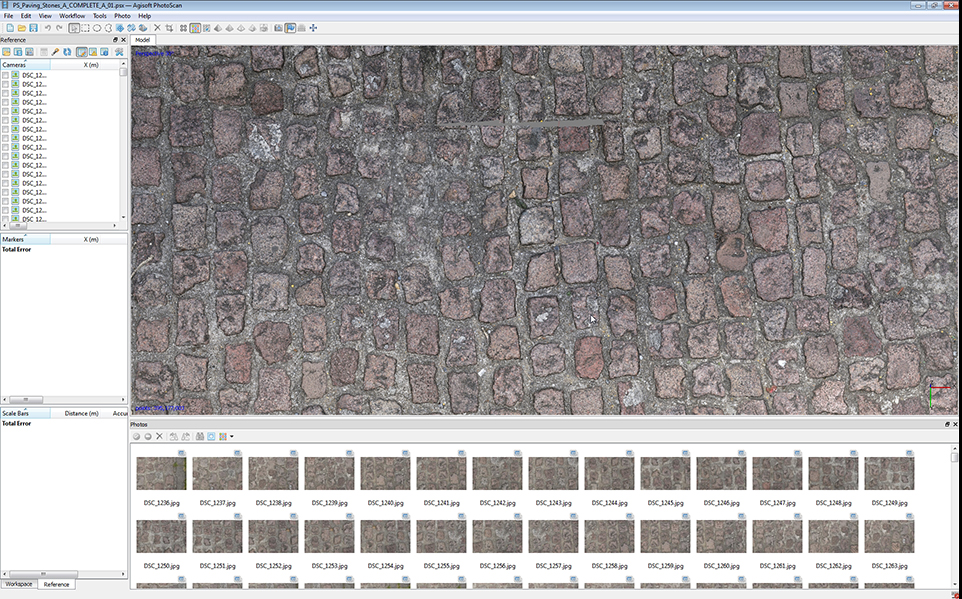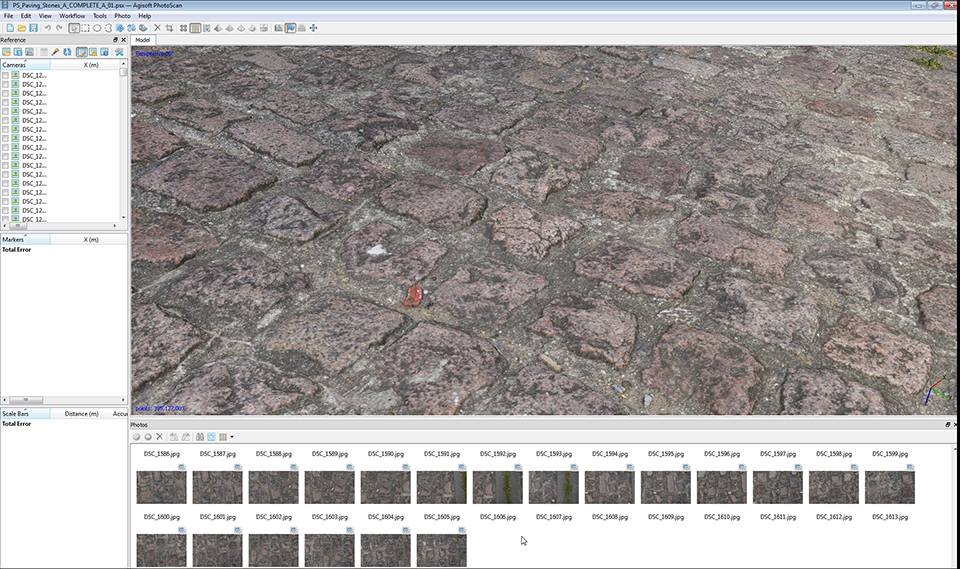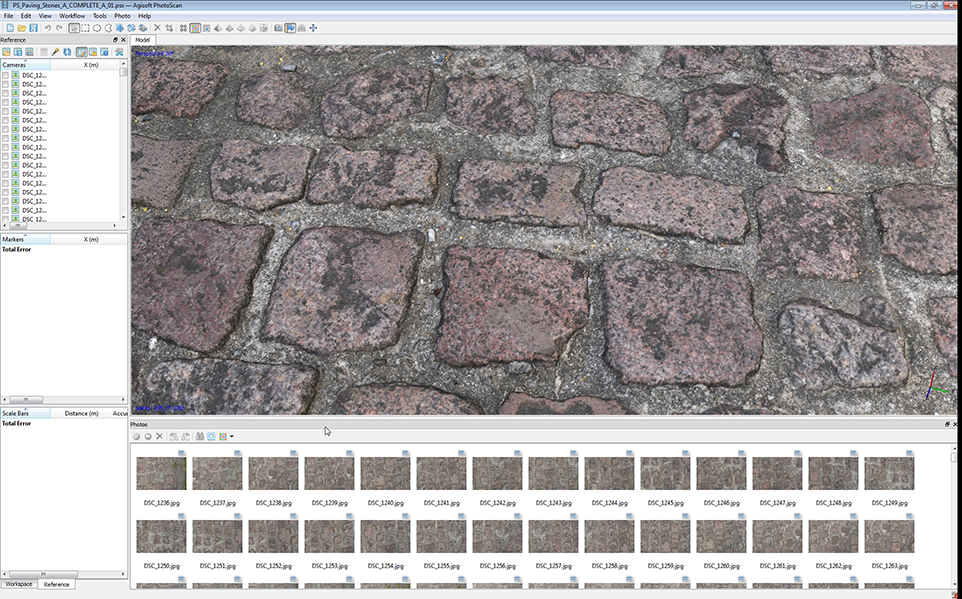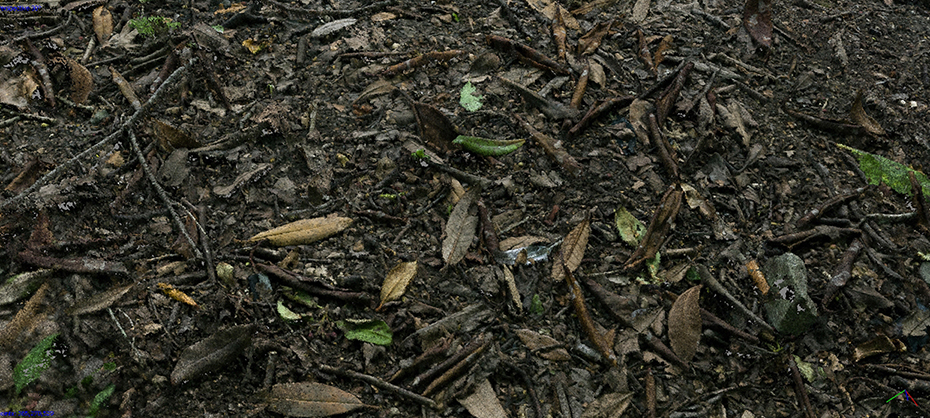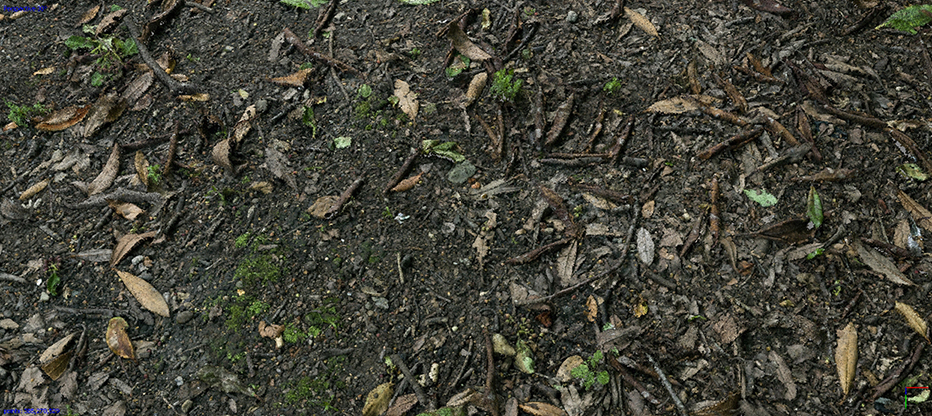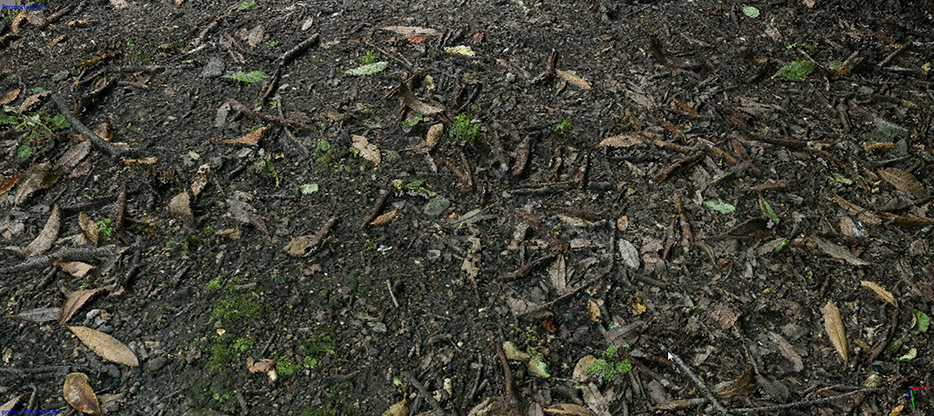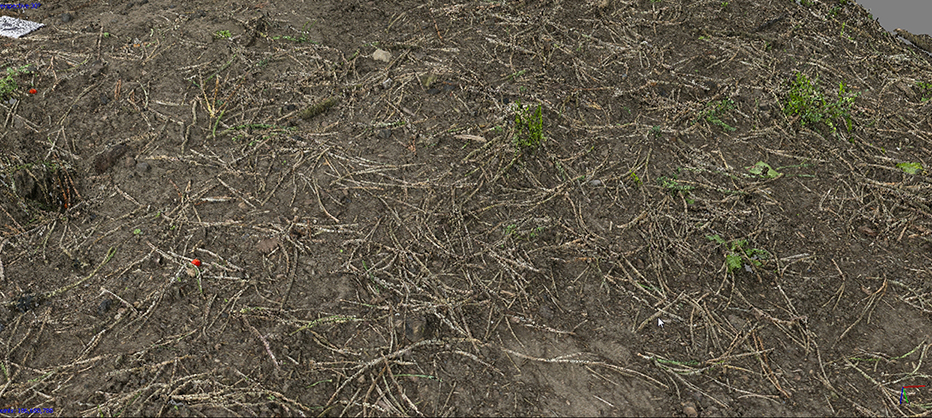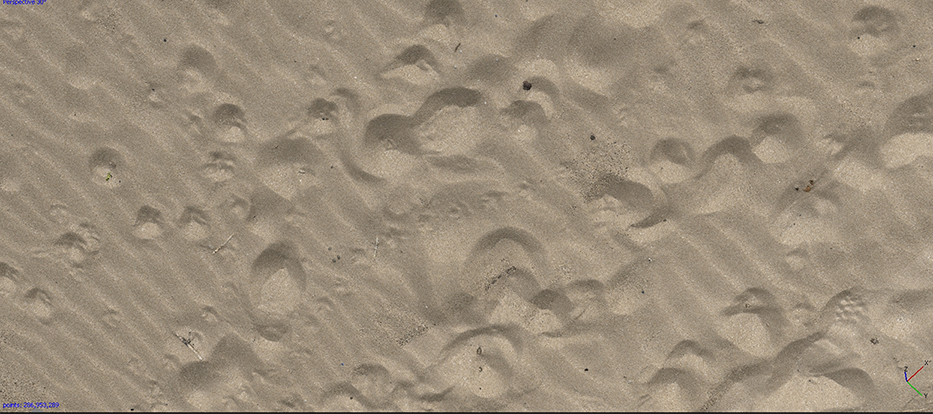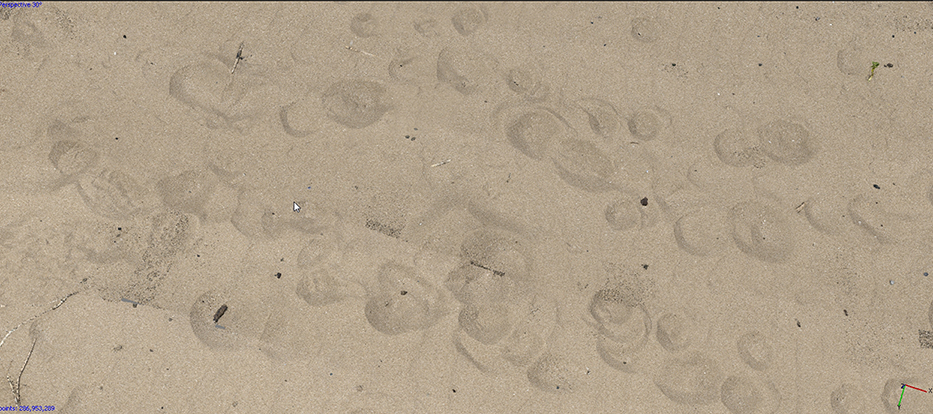Here are some Z-brush WIP Screens and Texturing Shots in Mari. This was an experiment, and i kept all the geometry unique, ( Unique UV’s for the individual legs and wings etc) which looking back made more work, without comparable gains. However these things have to be done 
The UV’s were setup in UDIM format, utilizing a 32bit Displacement map that follows a non smoothed UV workflow.
The textures are 32bit HDR in the EXR format. They take up a LOT of space.
Now that the Retopology, UV & Texturing Stages are finished. It is time to set up the shader networks in maya and also add the fur that you can see on the beetles at close range.
For the eyes I decided that they didnt need a texture, just a sss shader in maya because they are very small in real life, but there is a subtle sss effect that you can see on examination of the references.
The Goliath beetles (named after the biblical giant Goliath) are any of the six species in the genus Goliathus. Goliath beetles are among the largest insects on Earth, if measured in terms of size, bulk and weight.
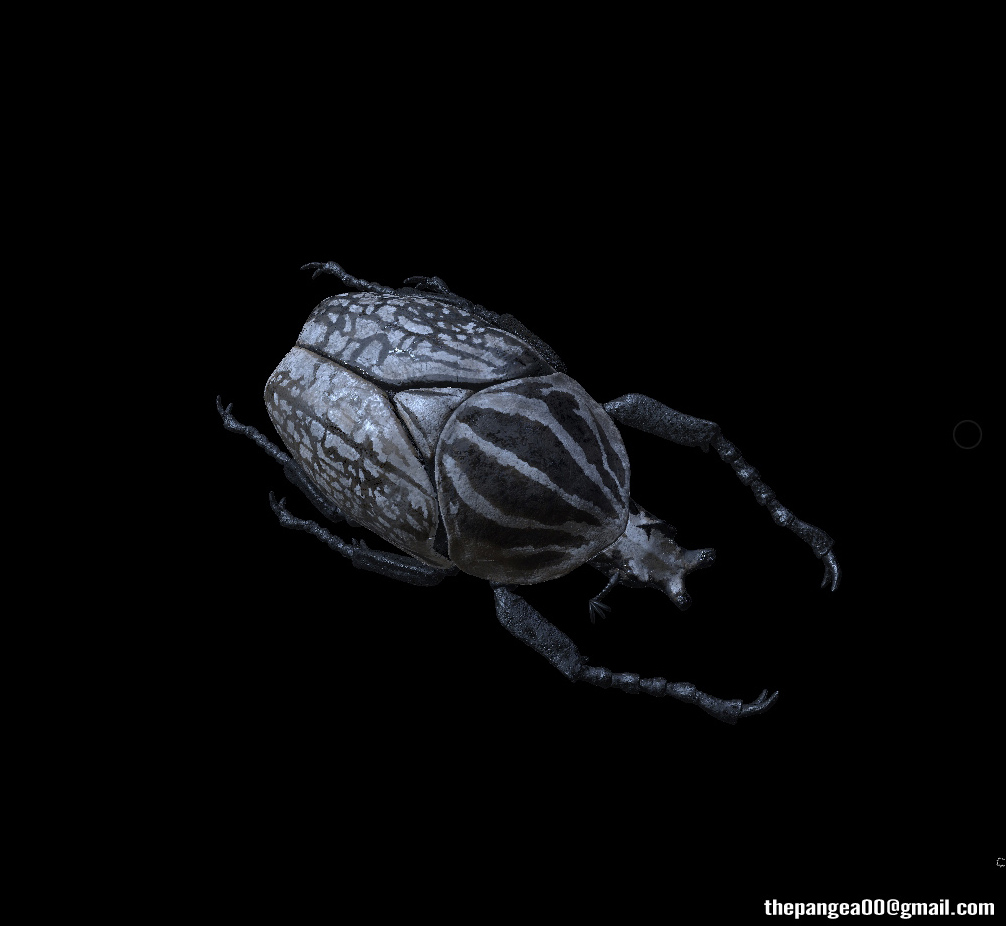
Goliath beetles measure from 60–110 millimeters (2.4–4.3 in) for males and 50–80 millimeters (2.0–3.1 in) for females, as adults, and can reach weights of up to 80–100 grams (2.8–3.5 oz) in the larval stage, though the adults are only about half this weight.
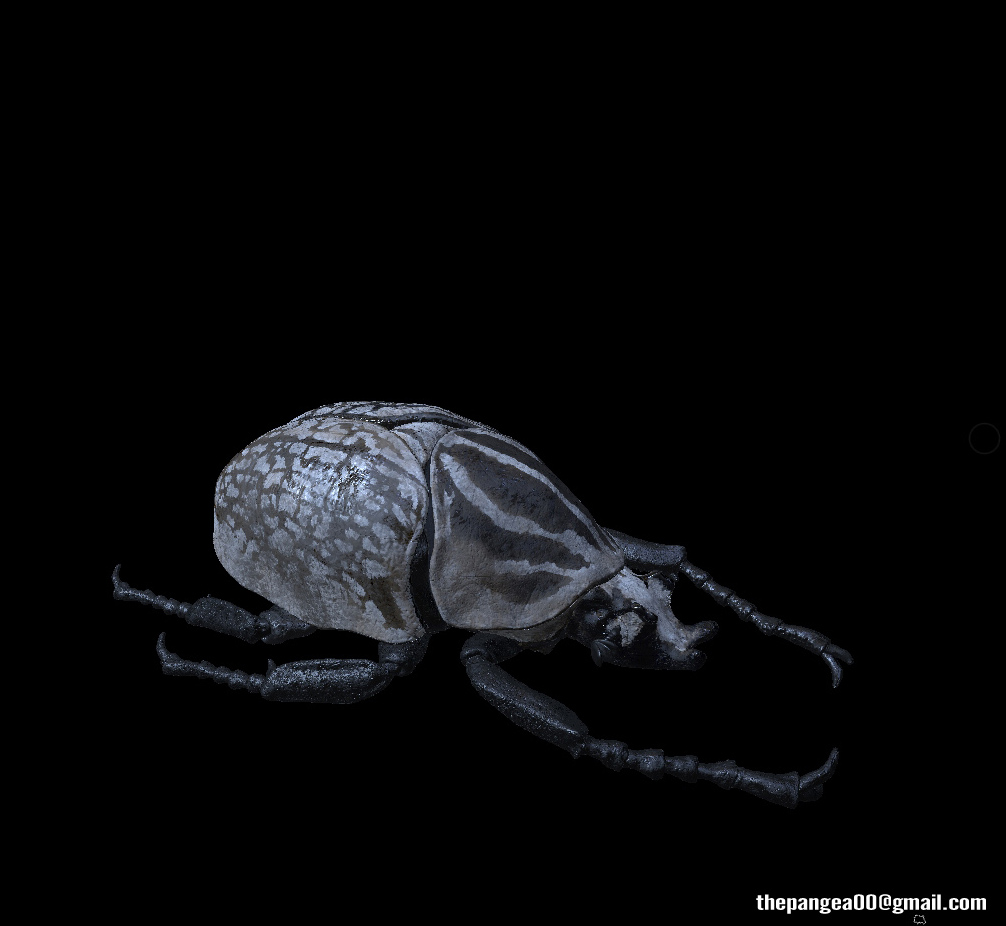
Goliath beetles, like almost all other beetles, possess a reinforced first pair of wings (called elytra) which act as protective covers for their secondary pair of wings and abdomen. Only the second pair of wings (which are large and membranous) are actually used for flying. When not in use, they are kept completely folded beneath the elytra. Each of the beetle’s legs ends in a pair of sharp claws, which provide a strong grip useful for climbing on tree trunks and branches.
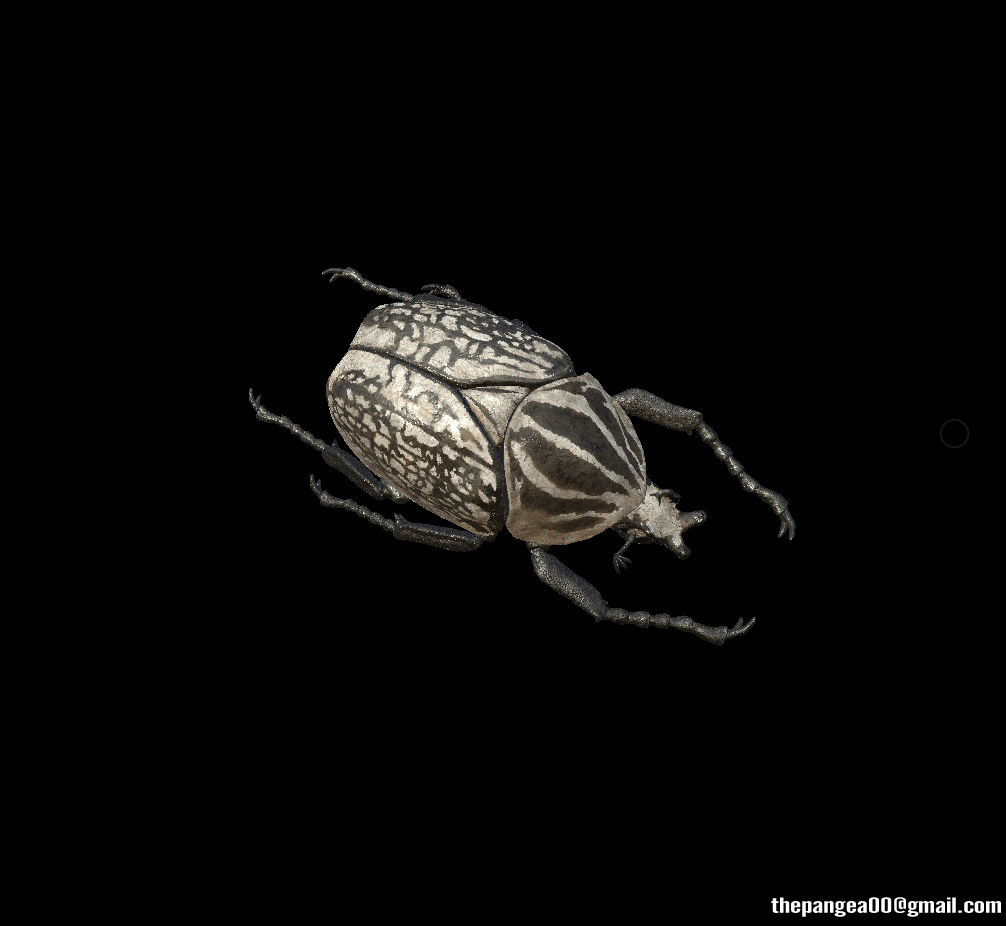
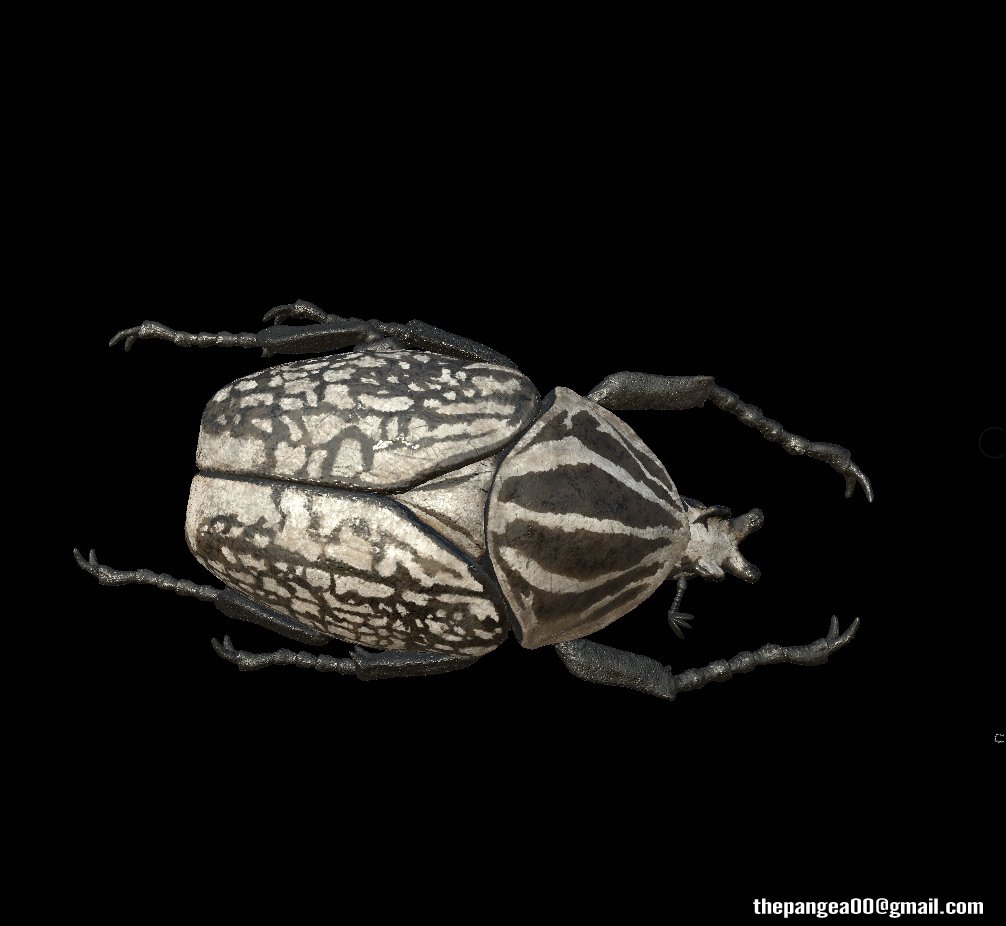
Males have a Y-shaped horn on the head which is used as a pry bar in battles with other males over feeding sites or mates. Females are without a horn, and instead have a wedge-shaped head which assists in burrowing when they lay eggs
In addition to their massive size, Goliath beetles are strikingly patterned as well. Prominent markings common to all of the Goliathus species are the sharply contrasting black vertical stripes on the pronotum (thoracic shield.)
You can find more info about the Goliath Beetle Family here: https://en.wikipedia.org/wiki/Goliathus
see ya.
